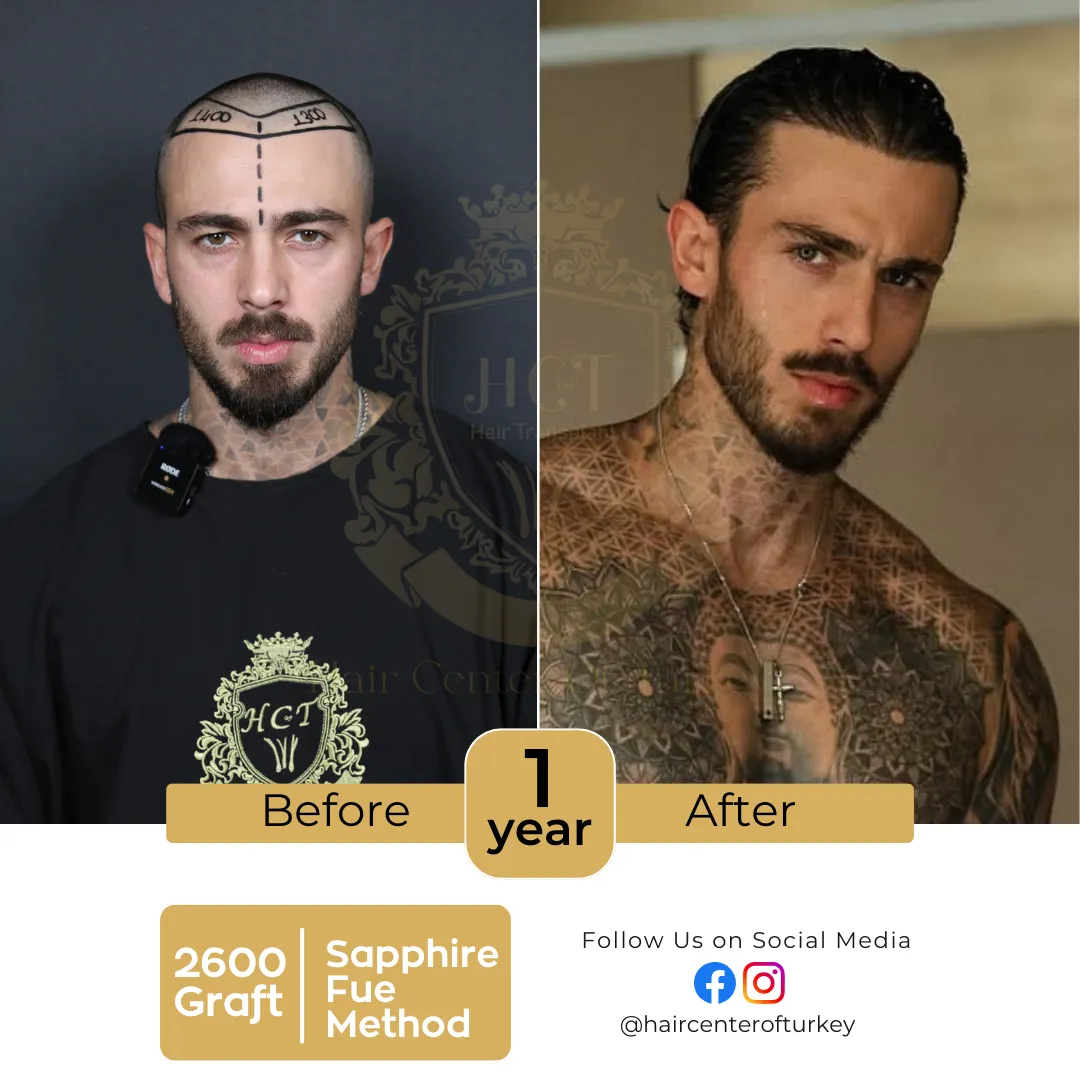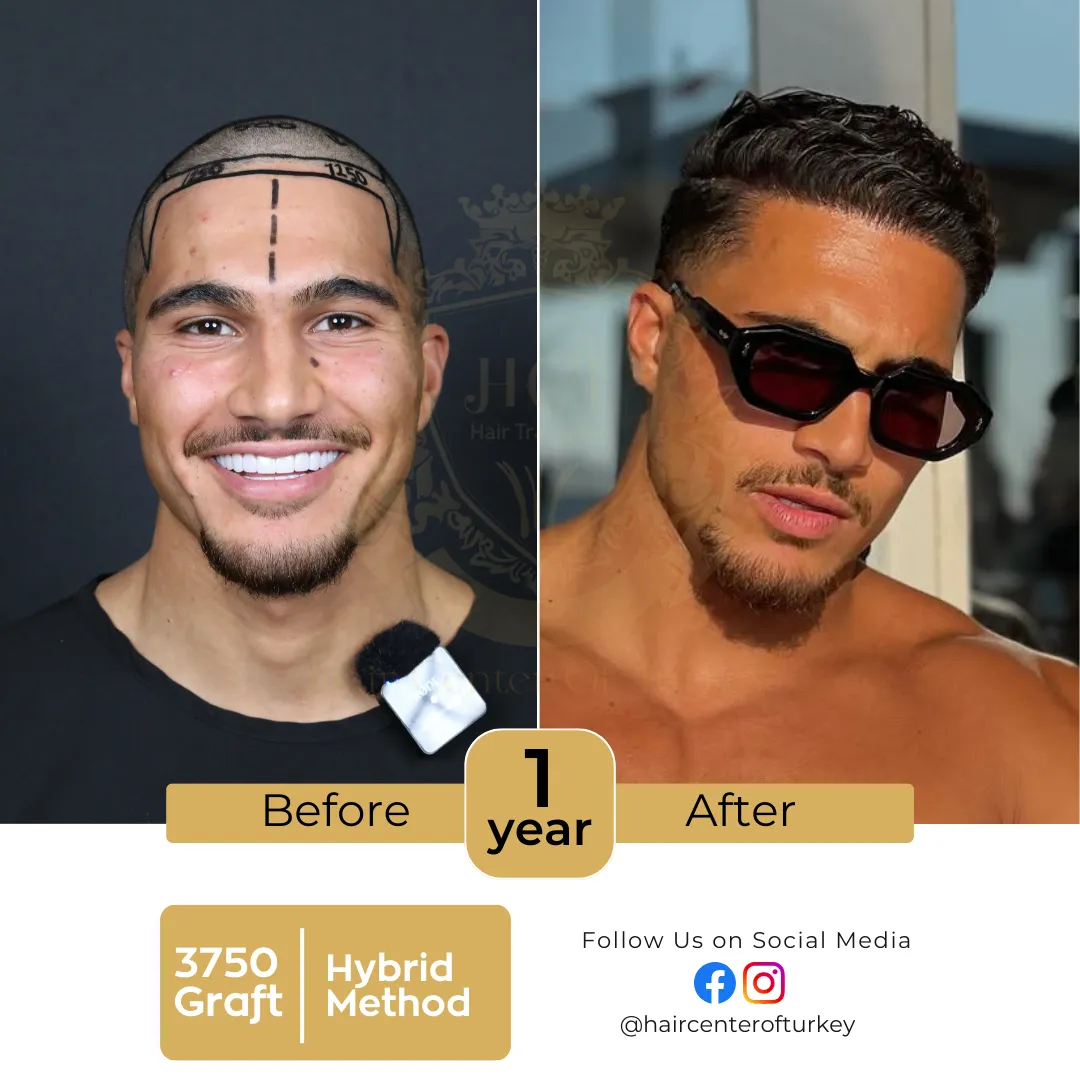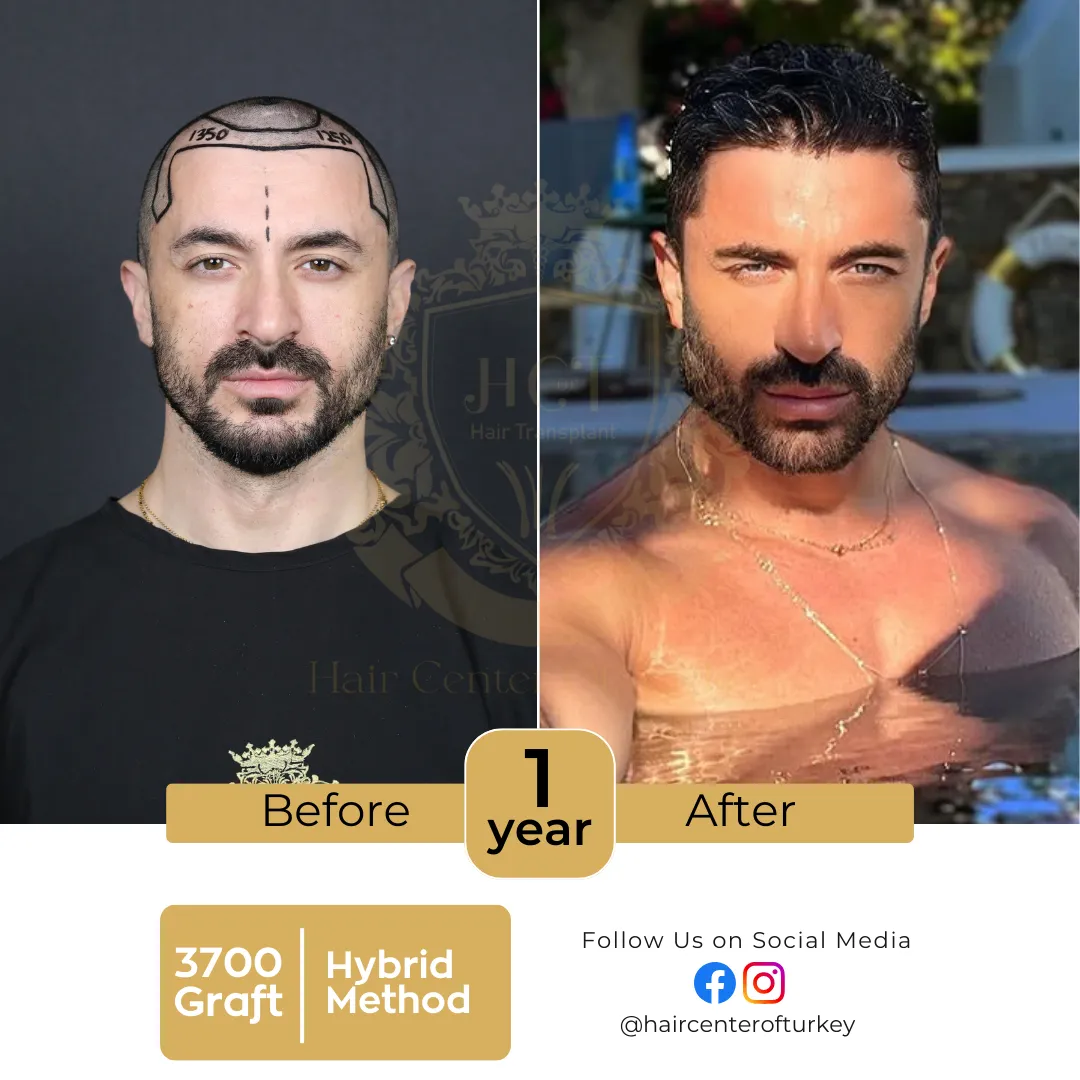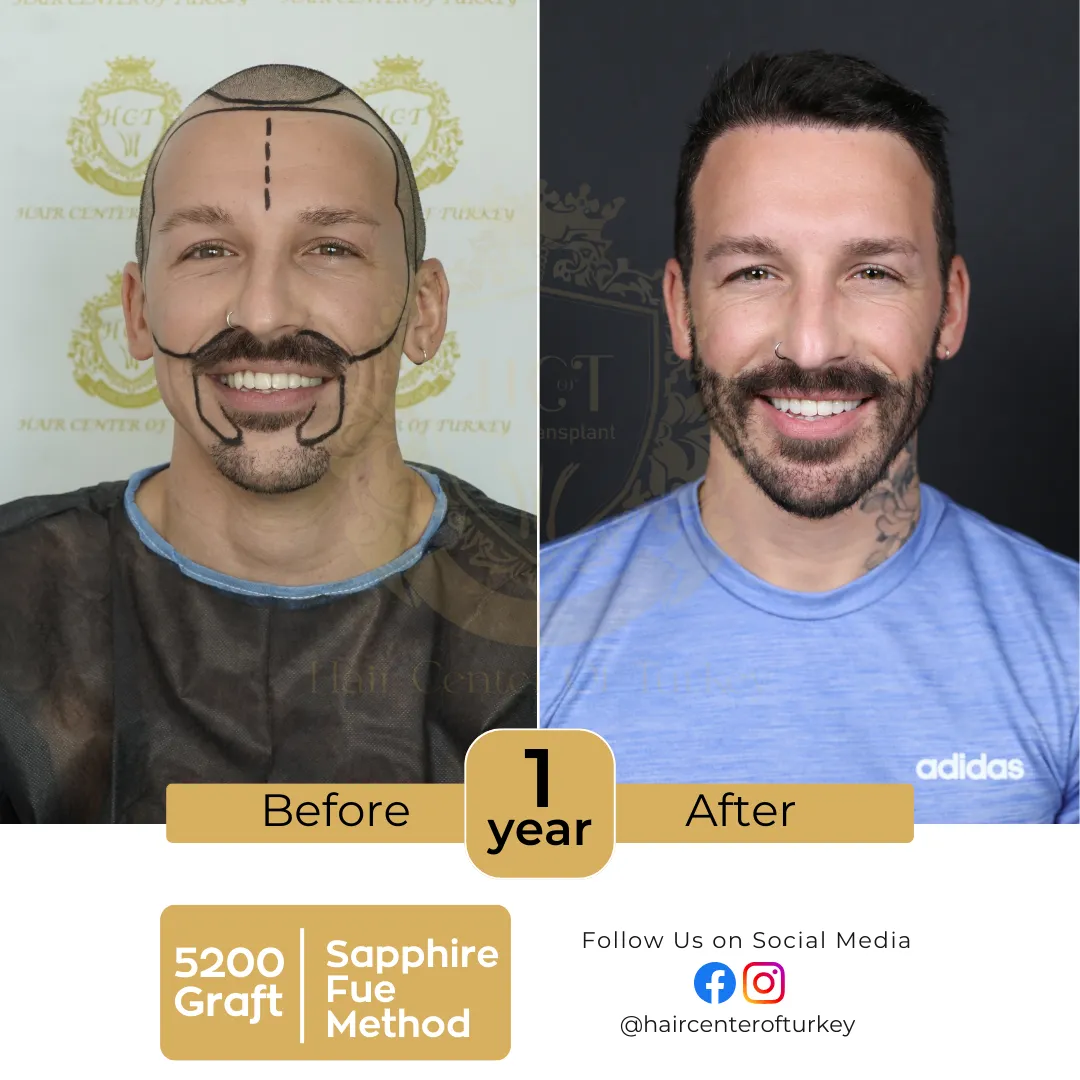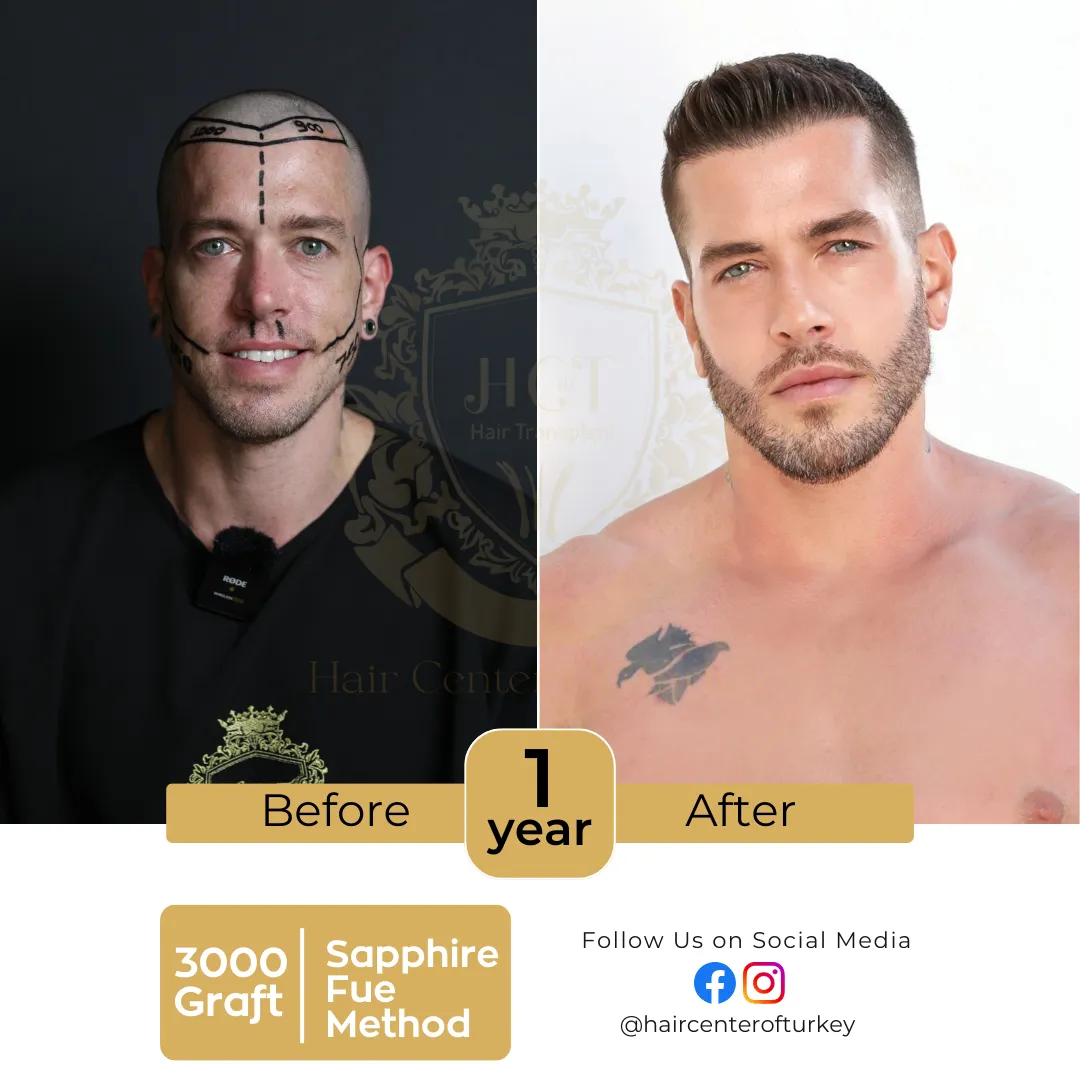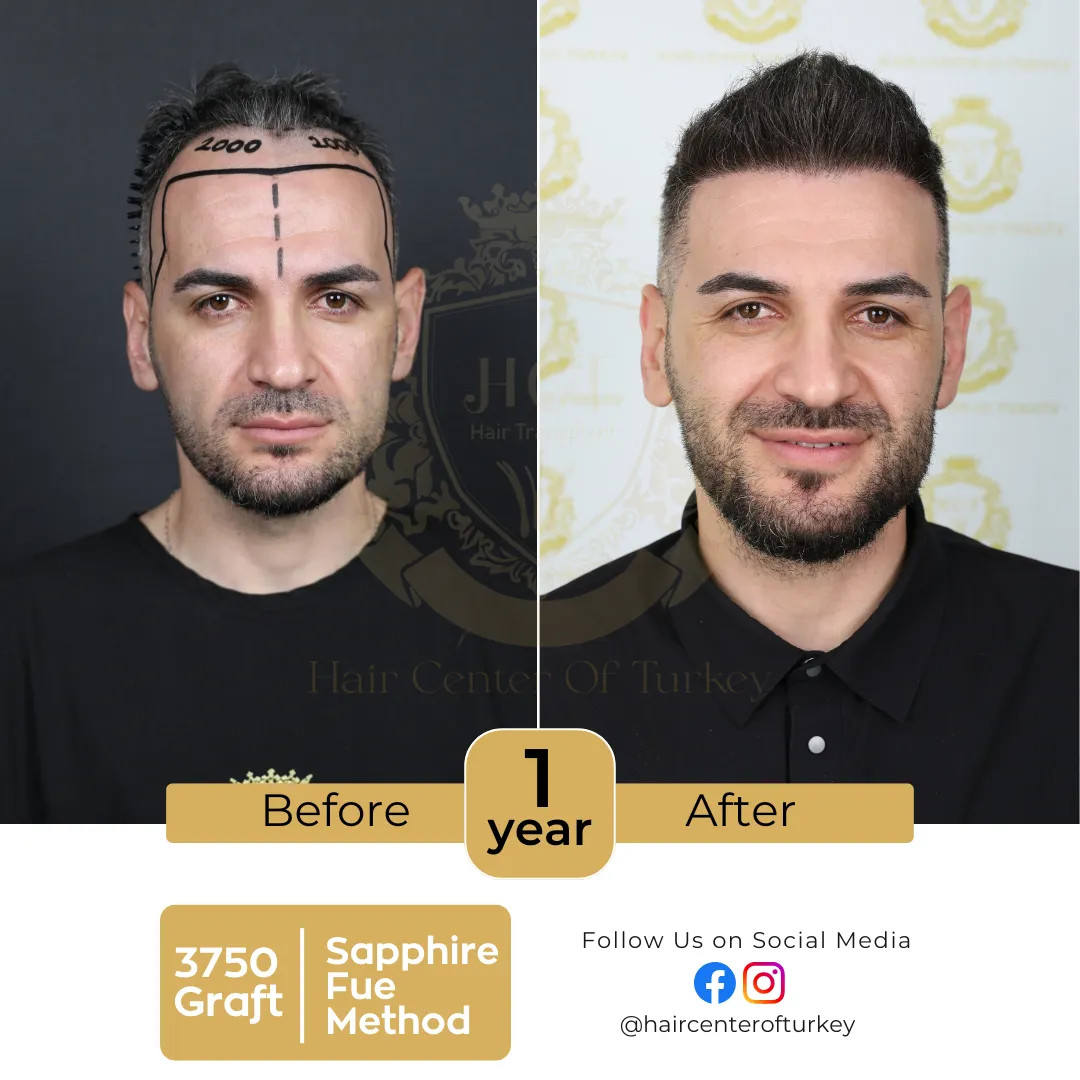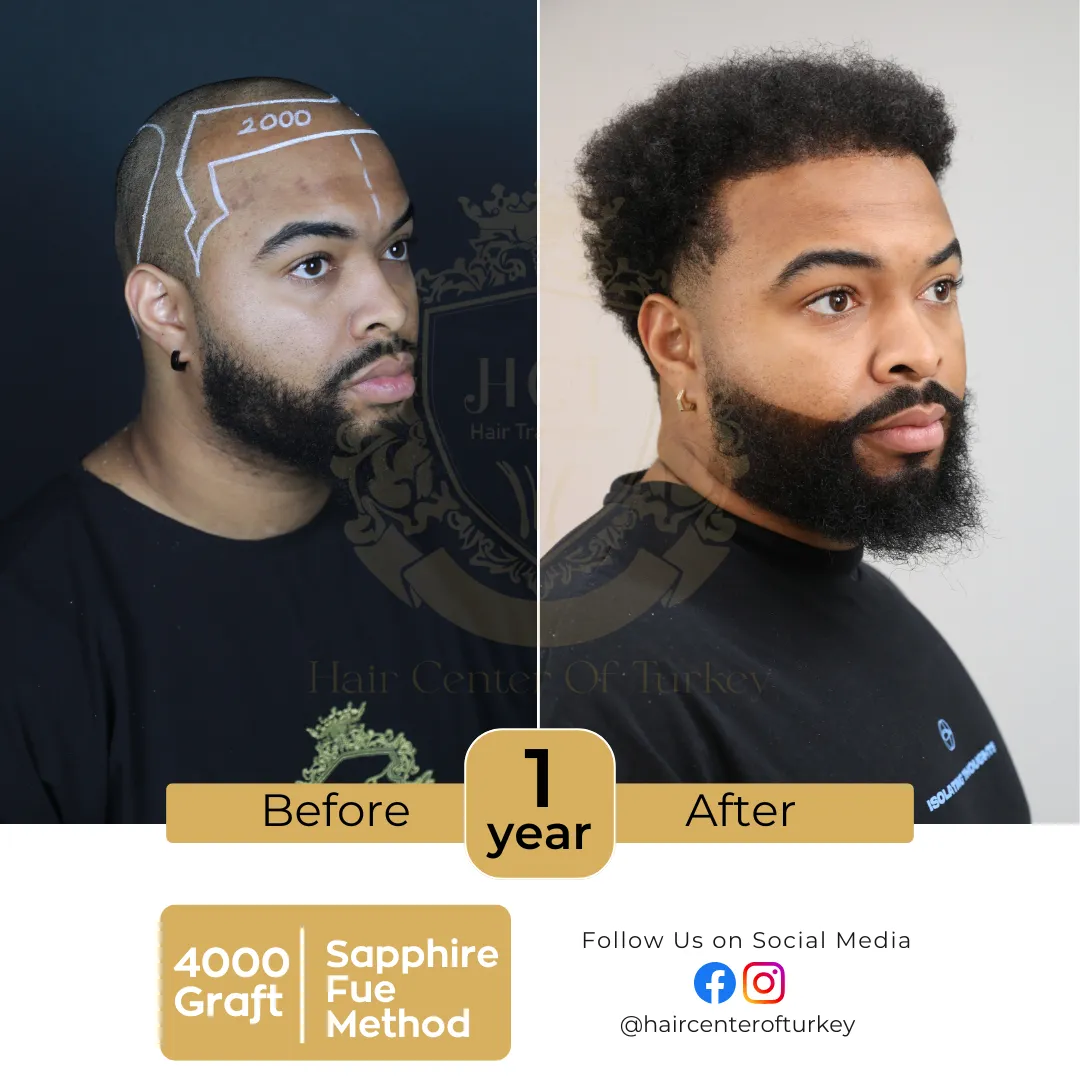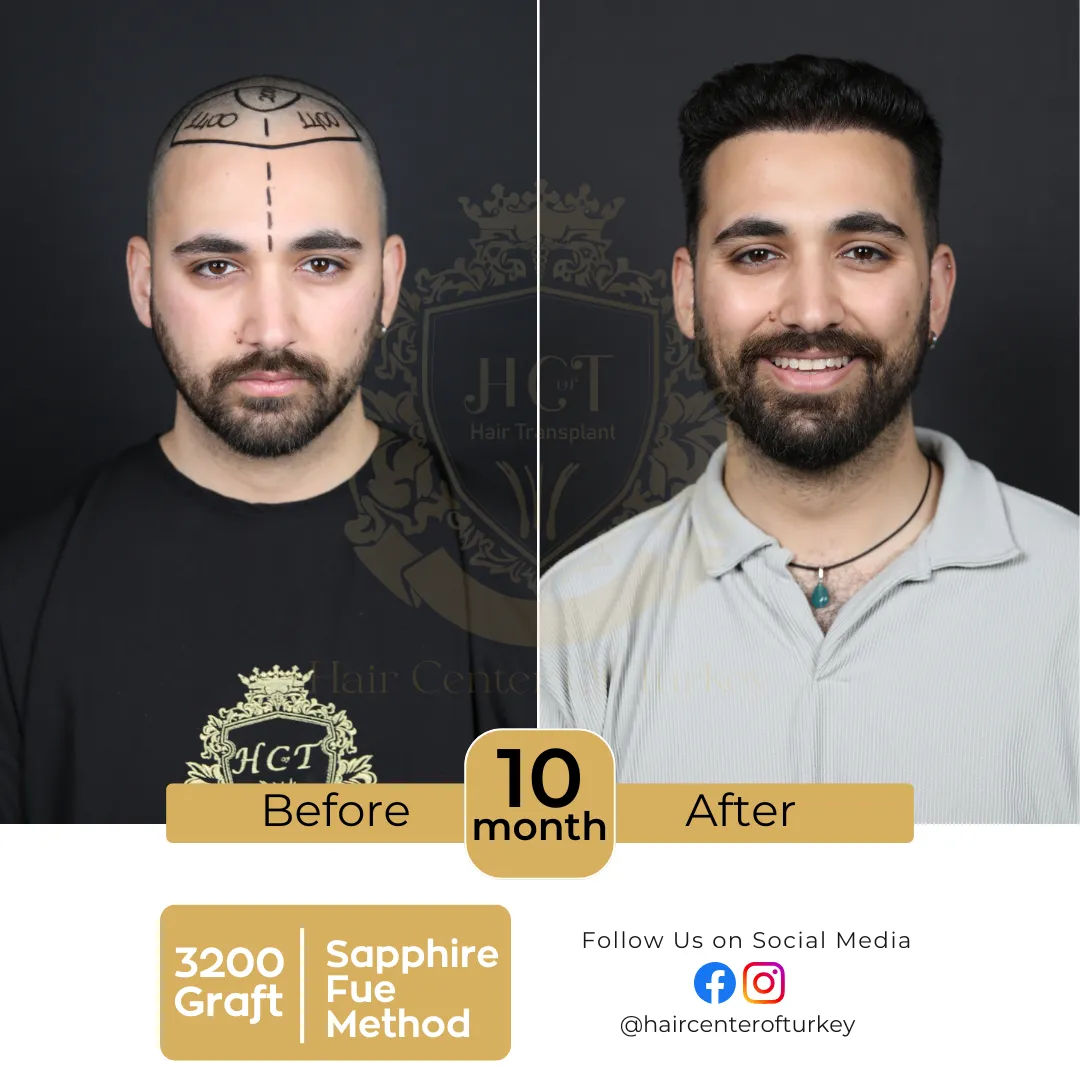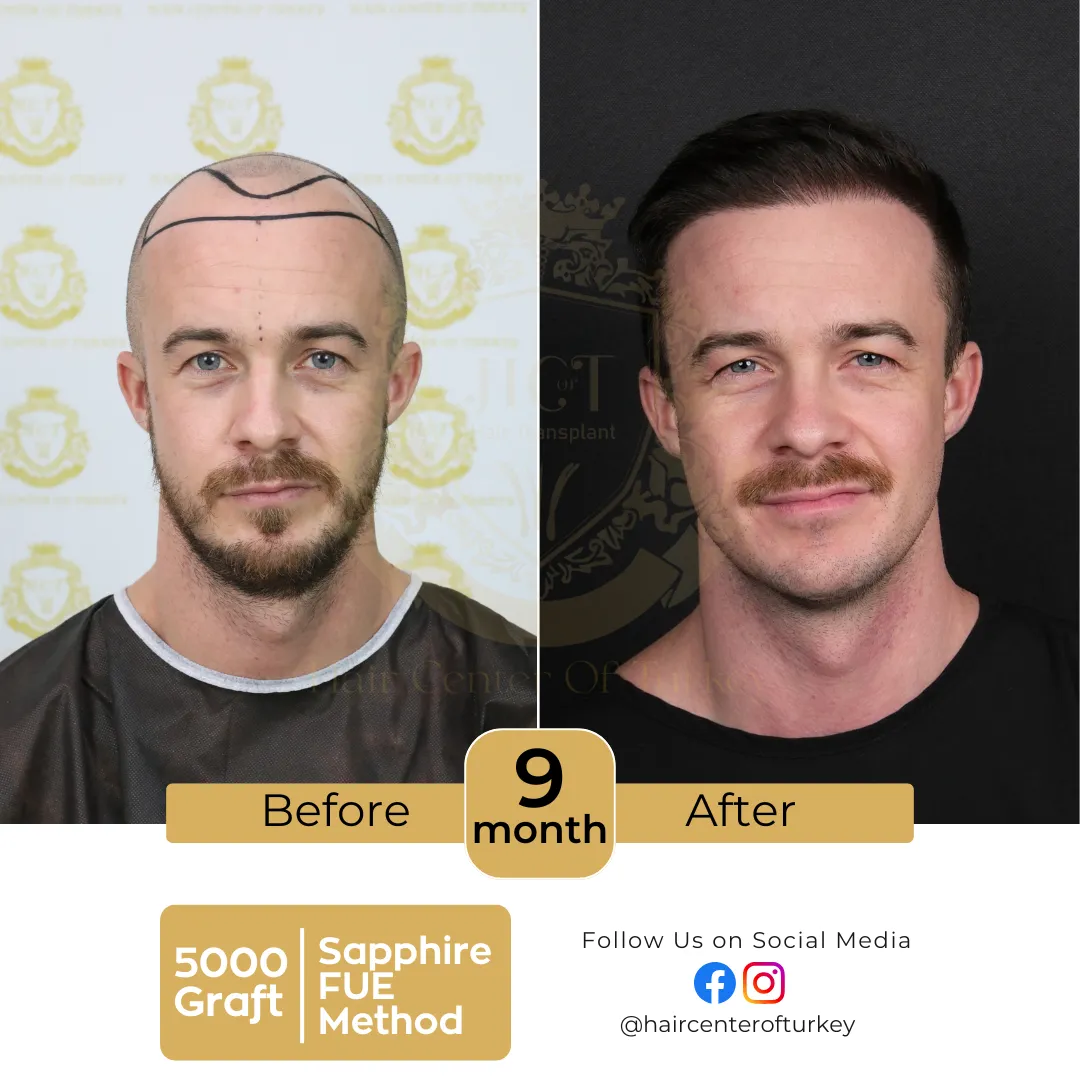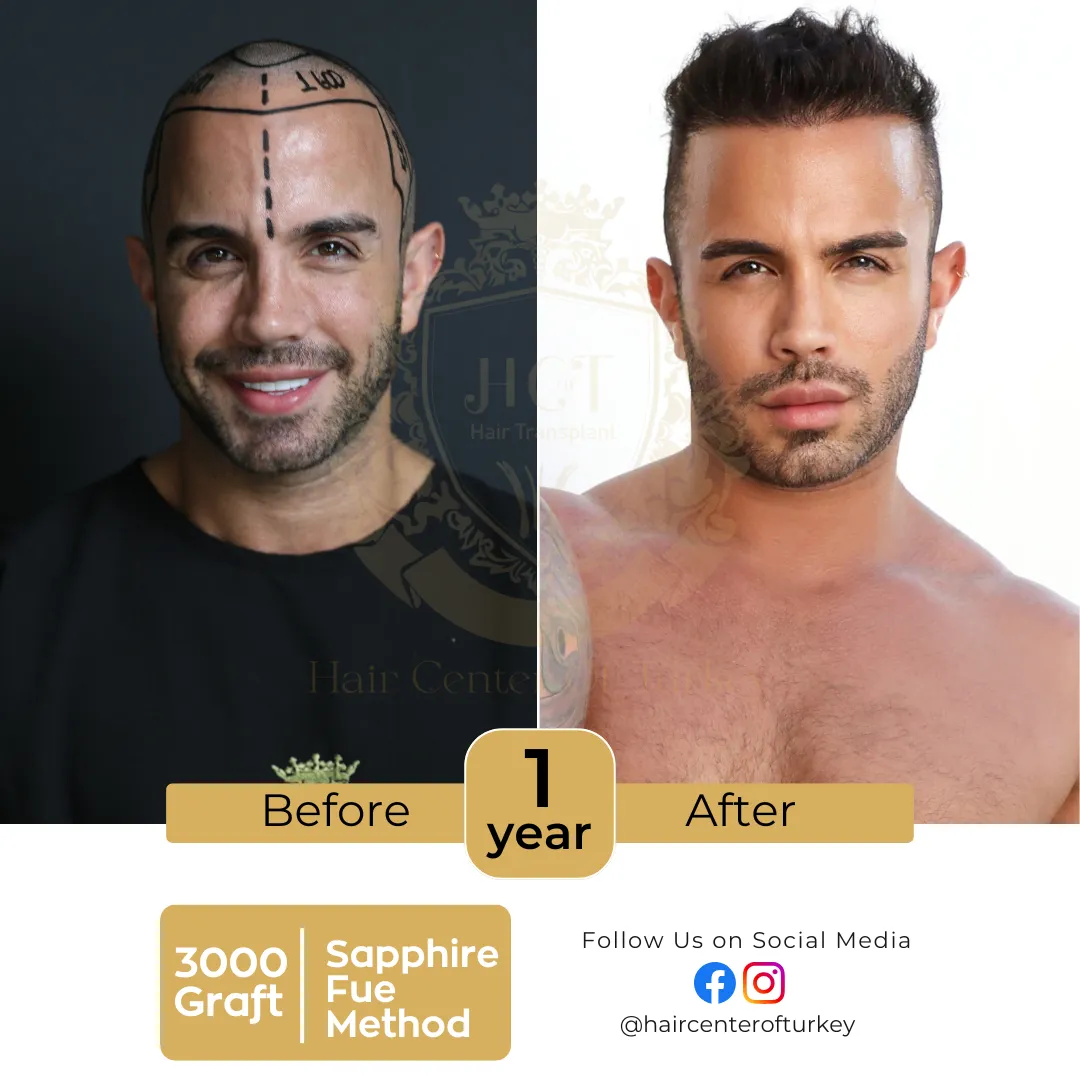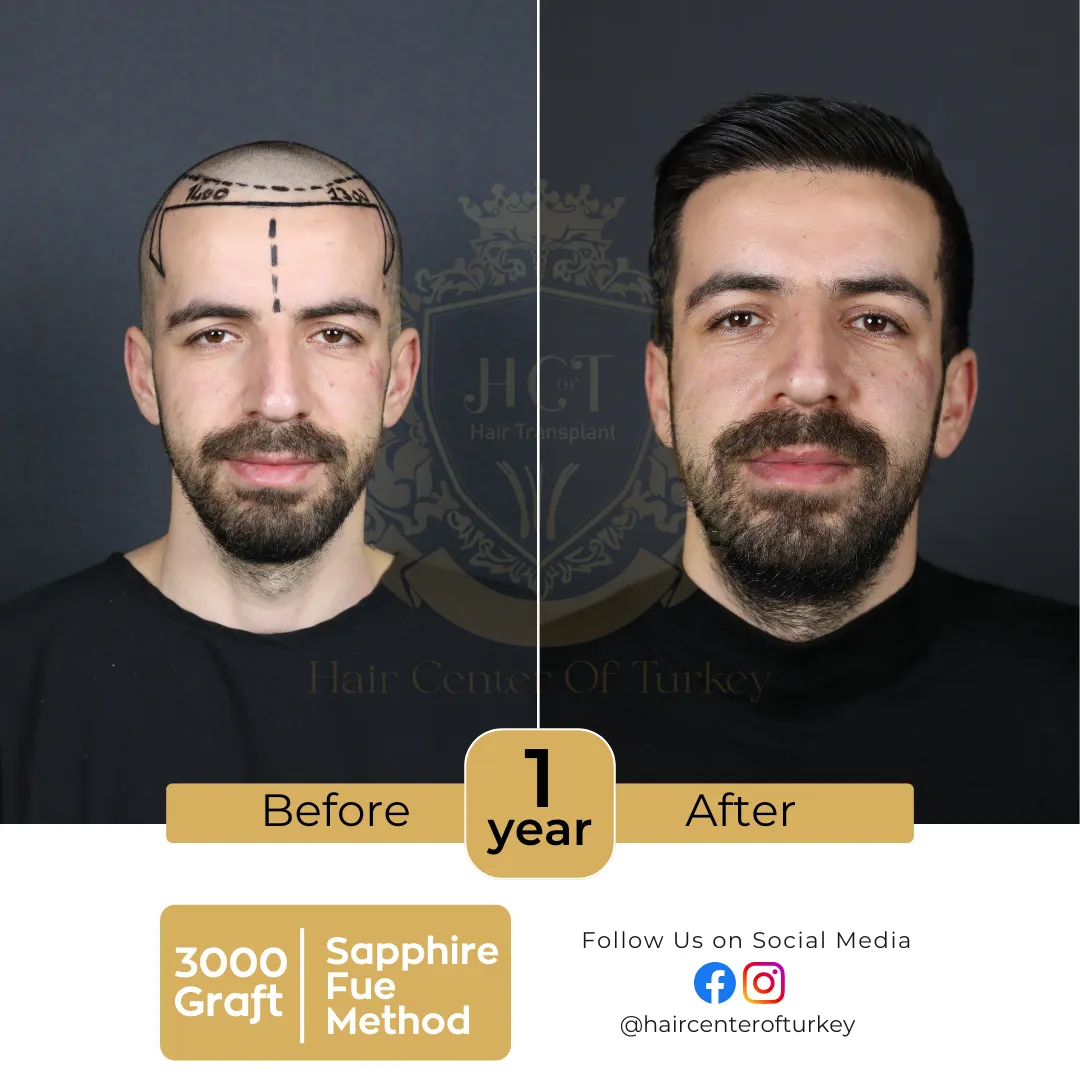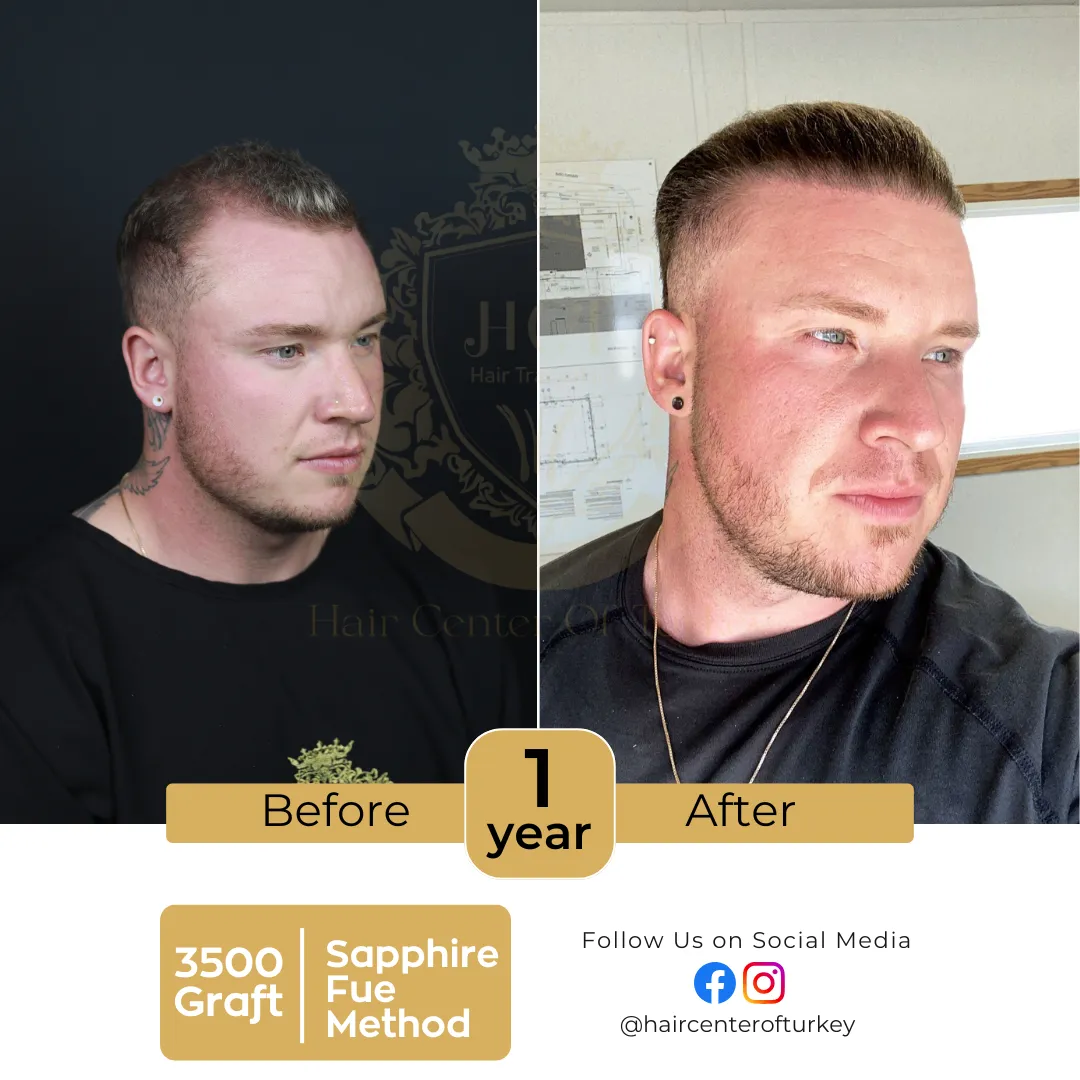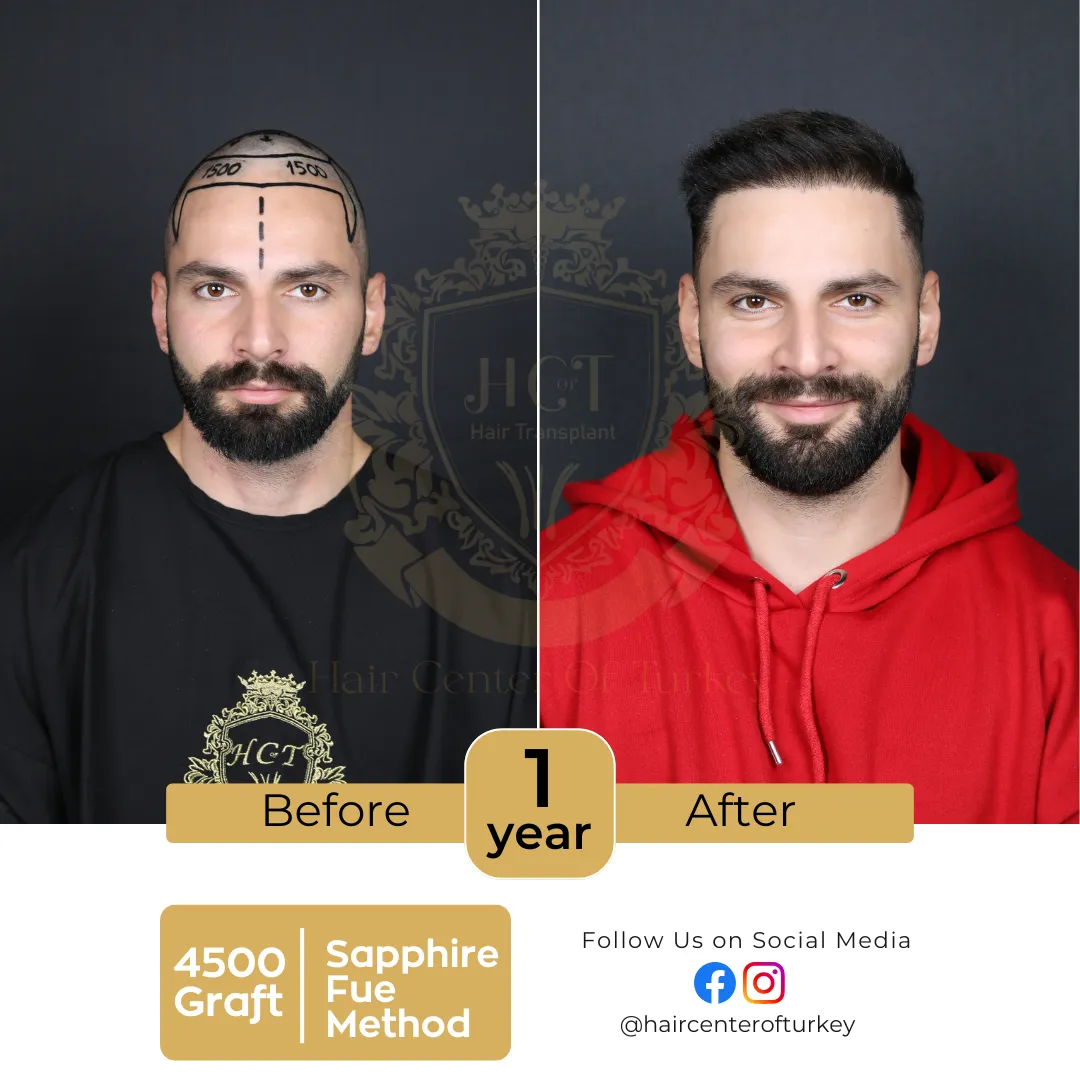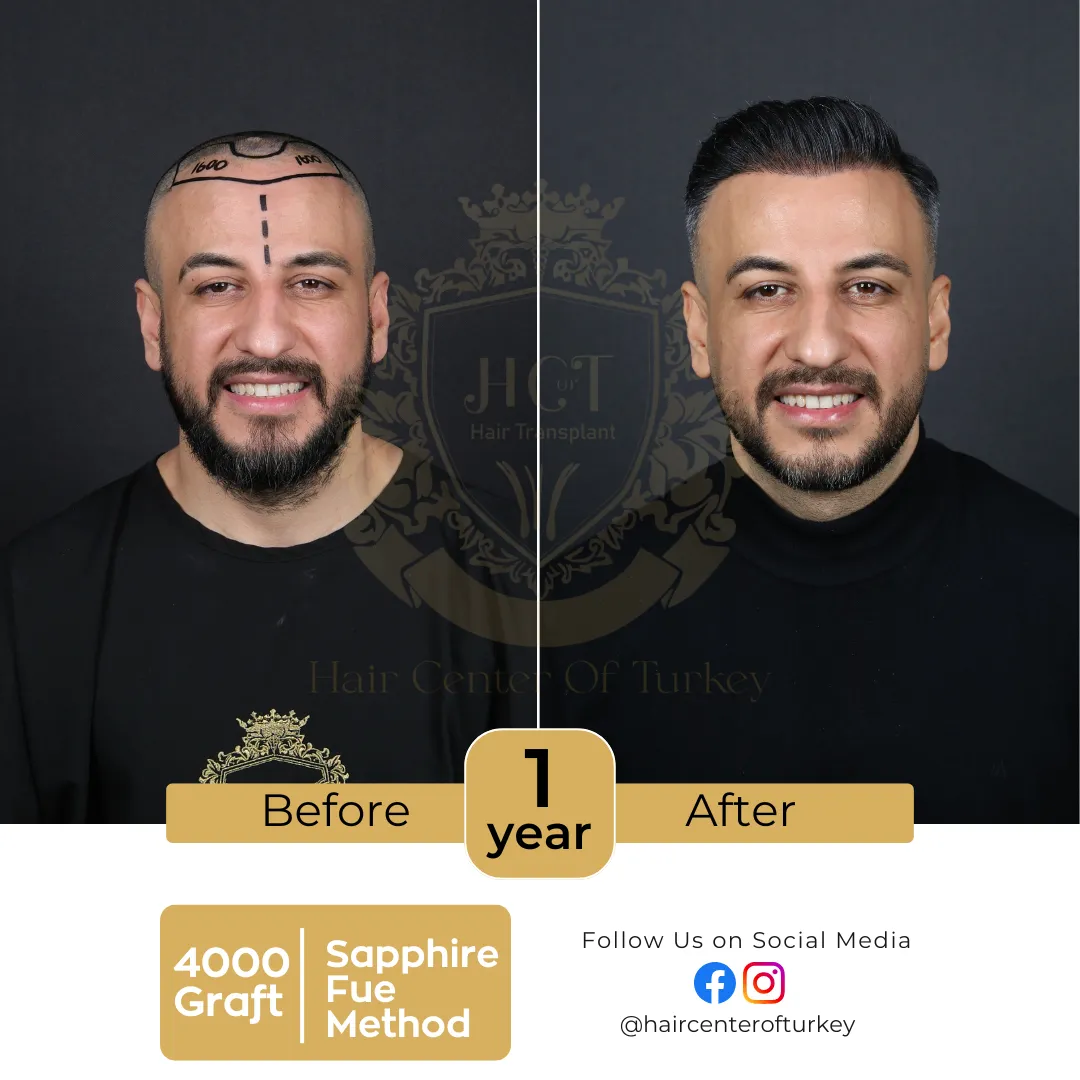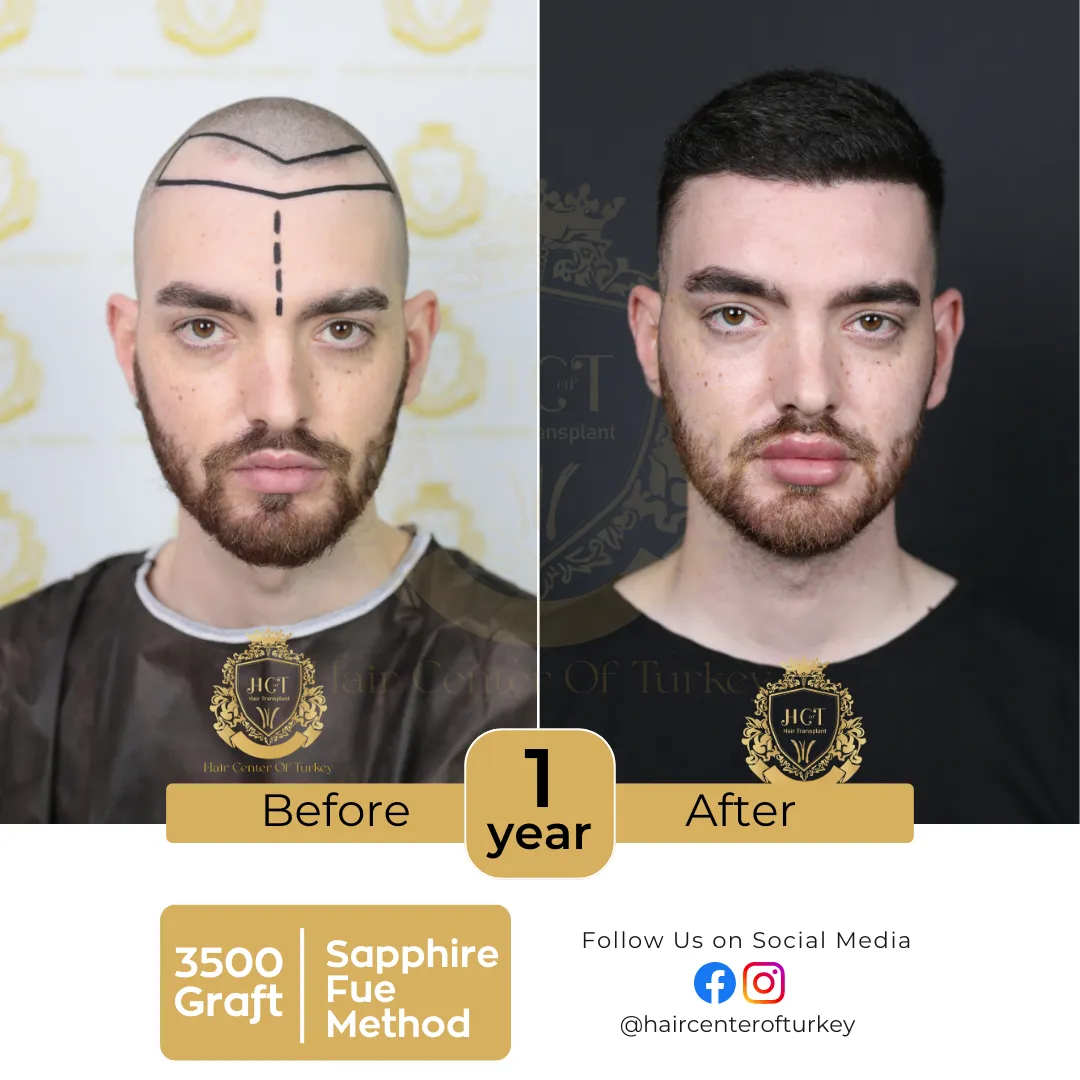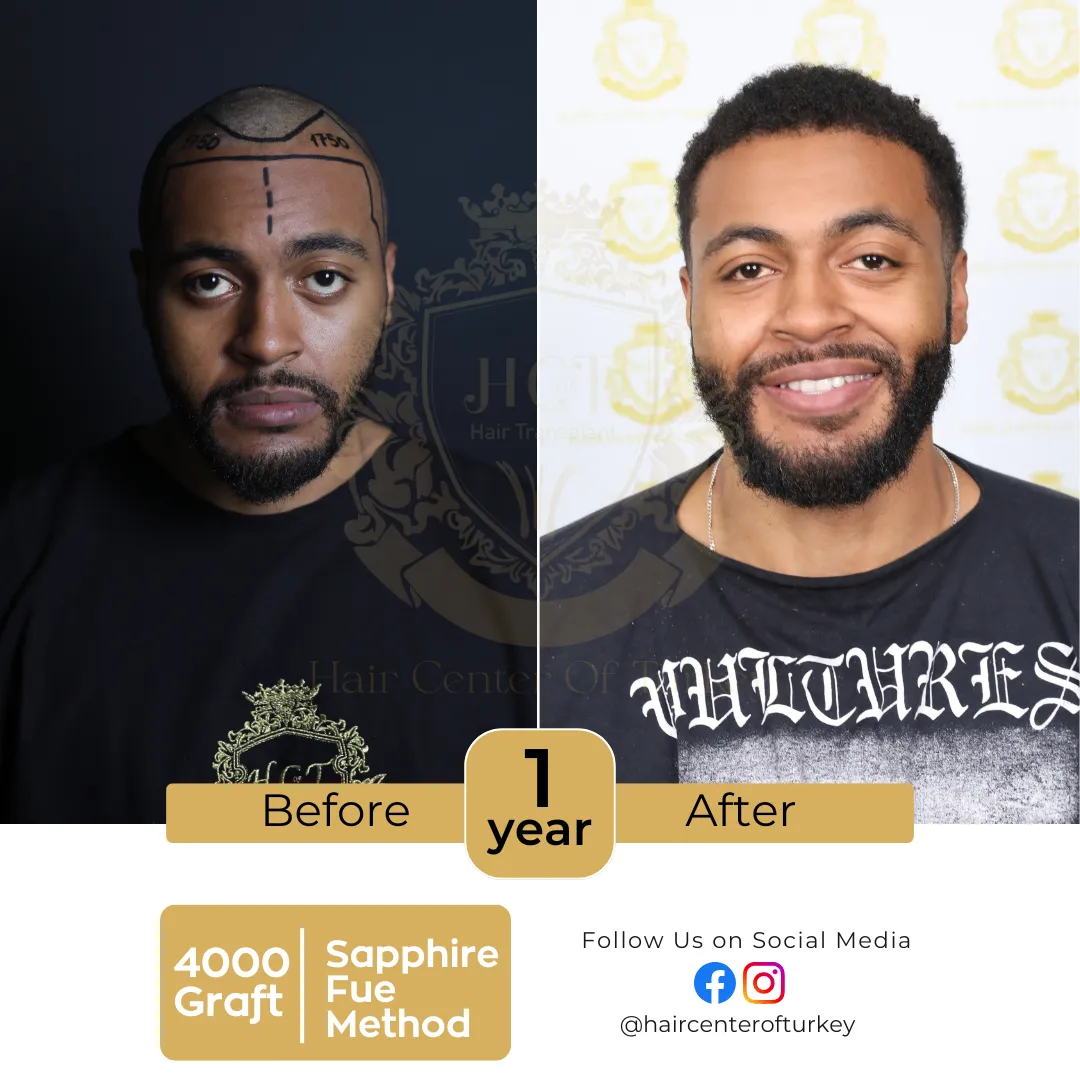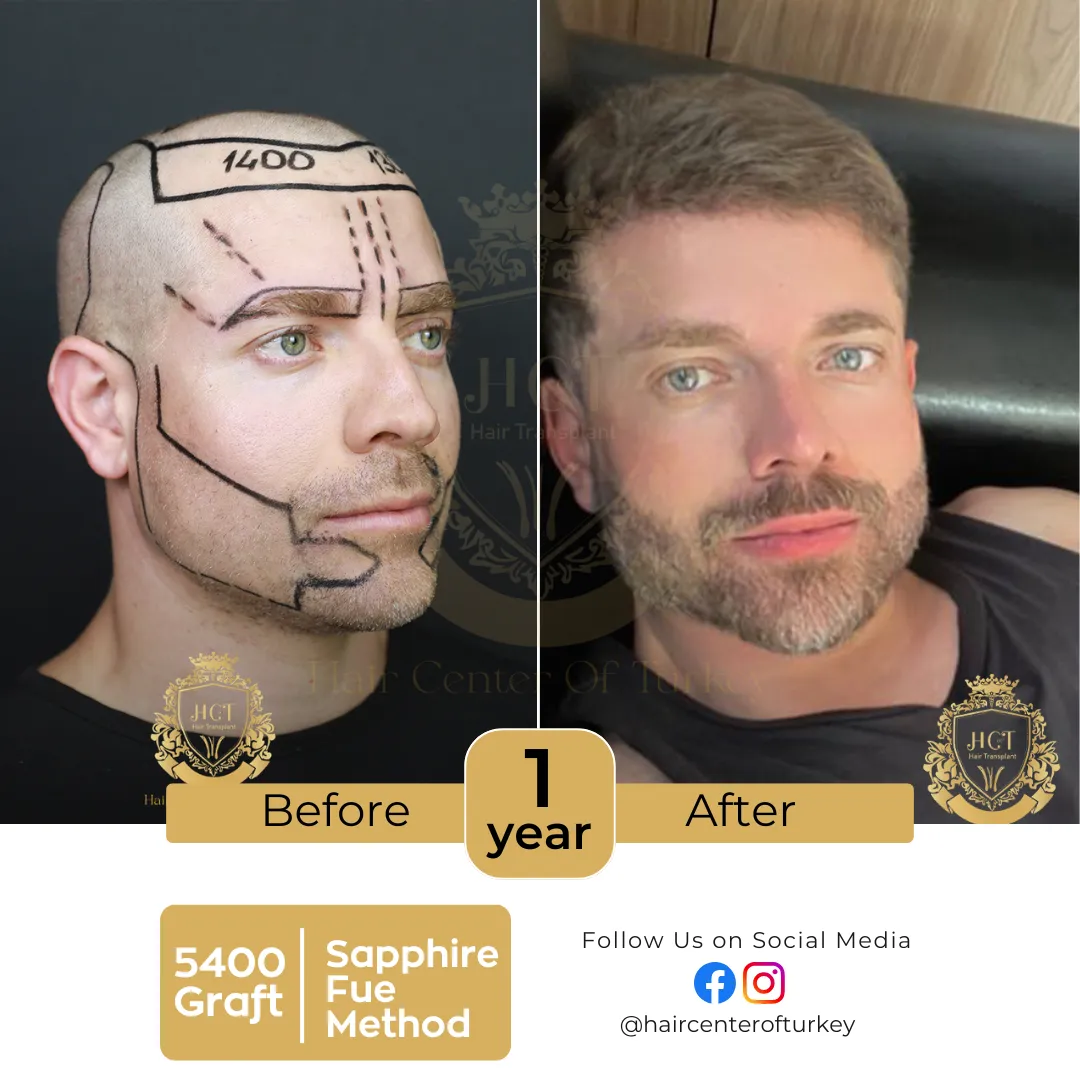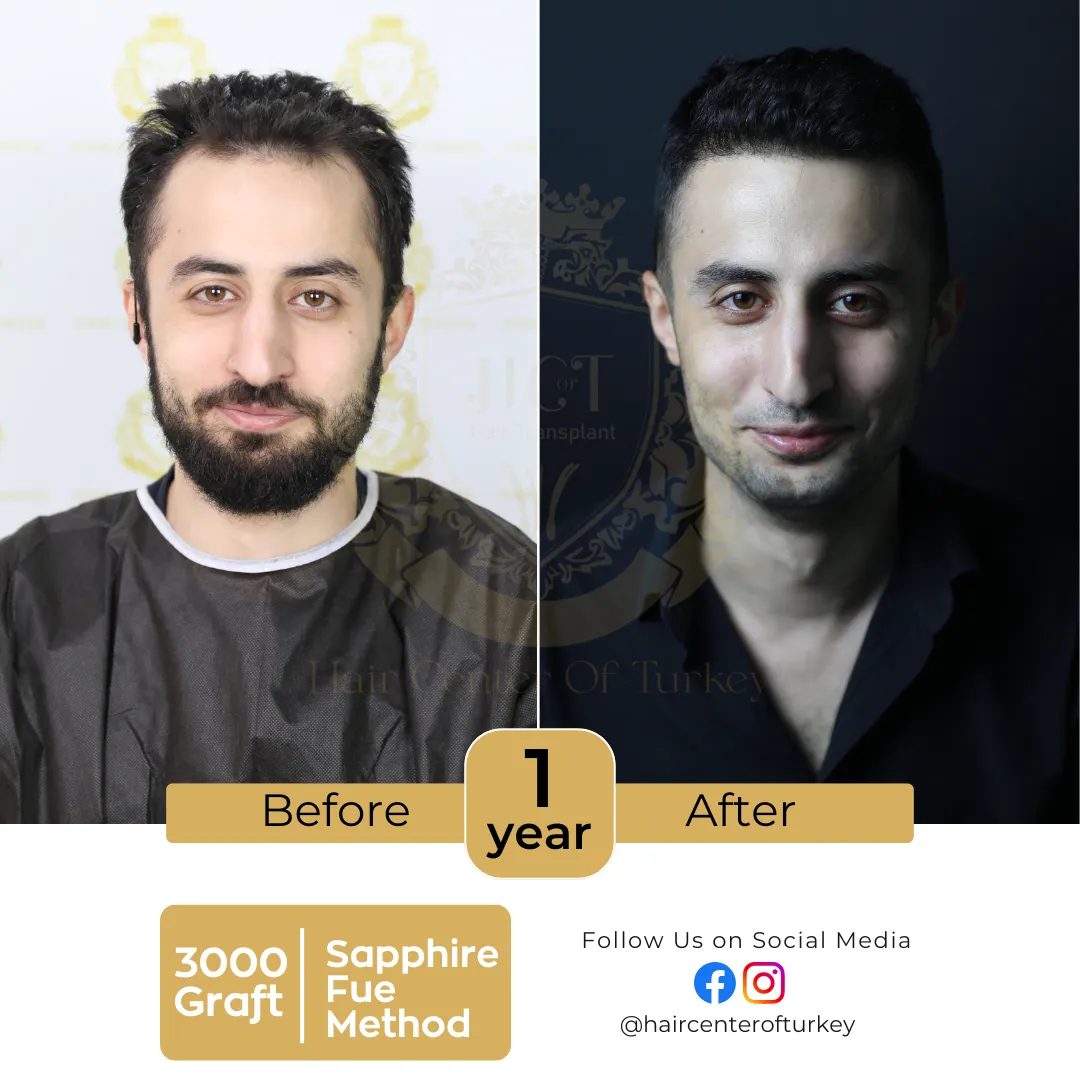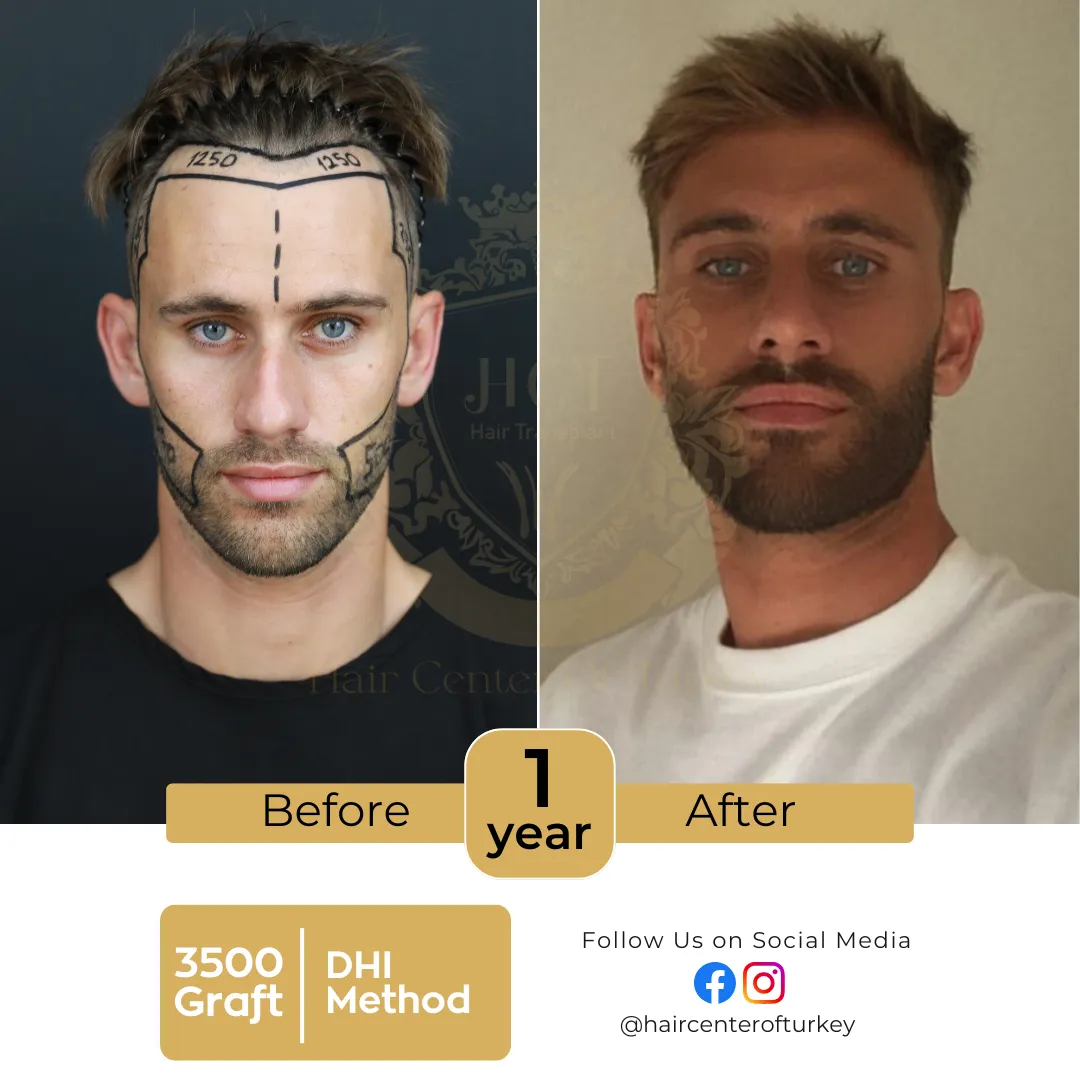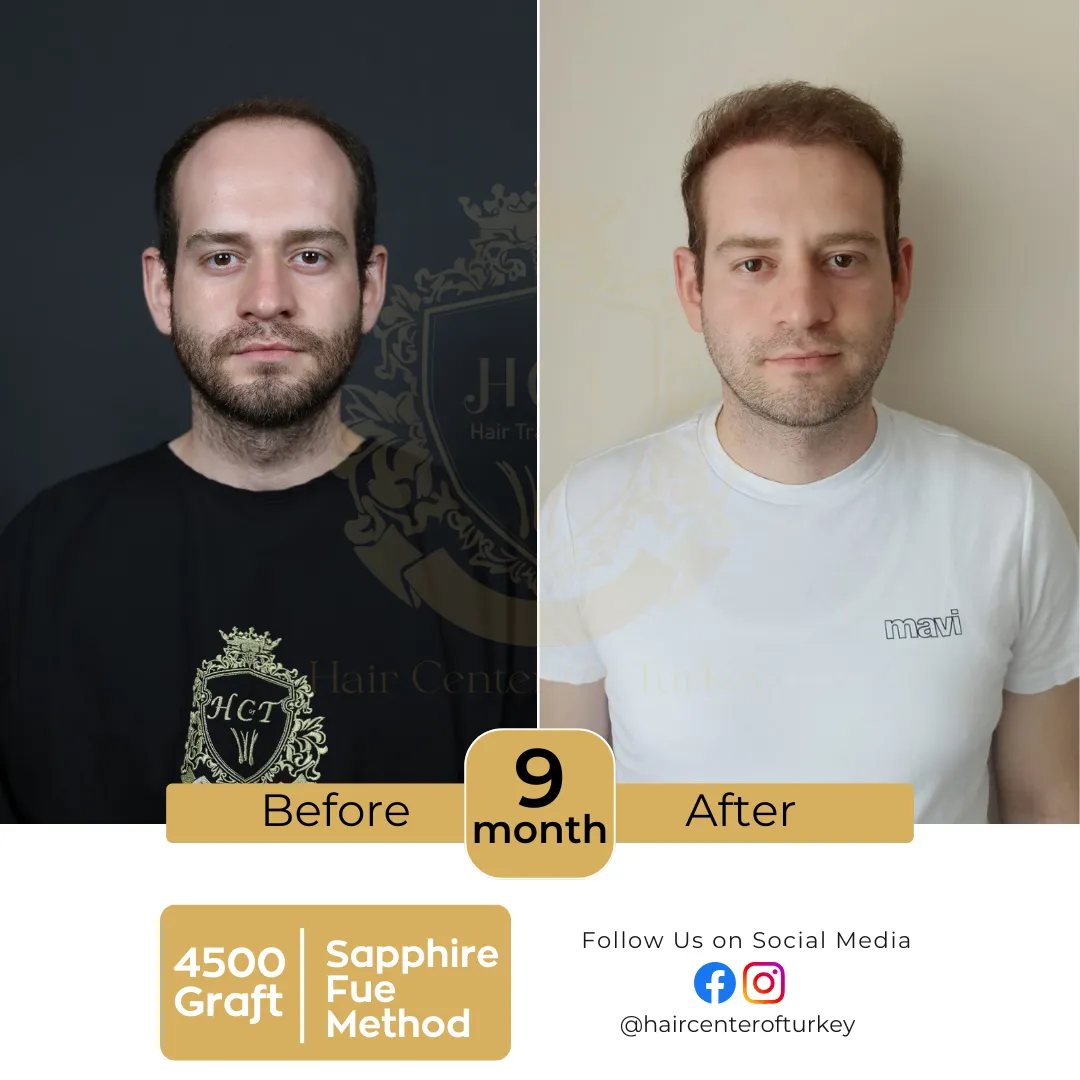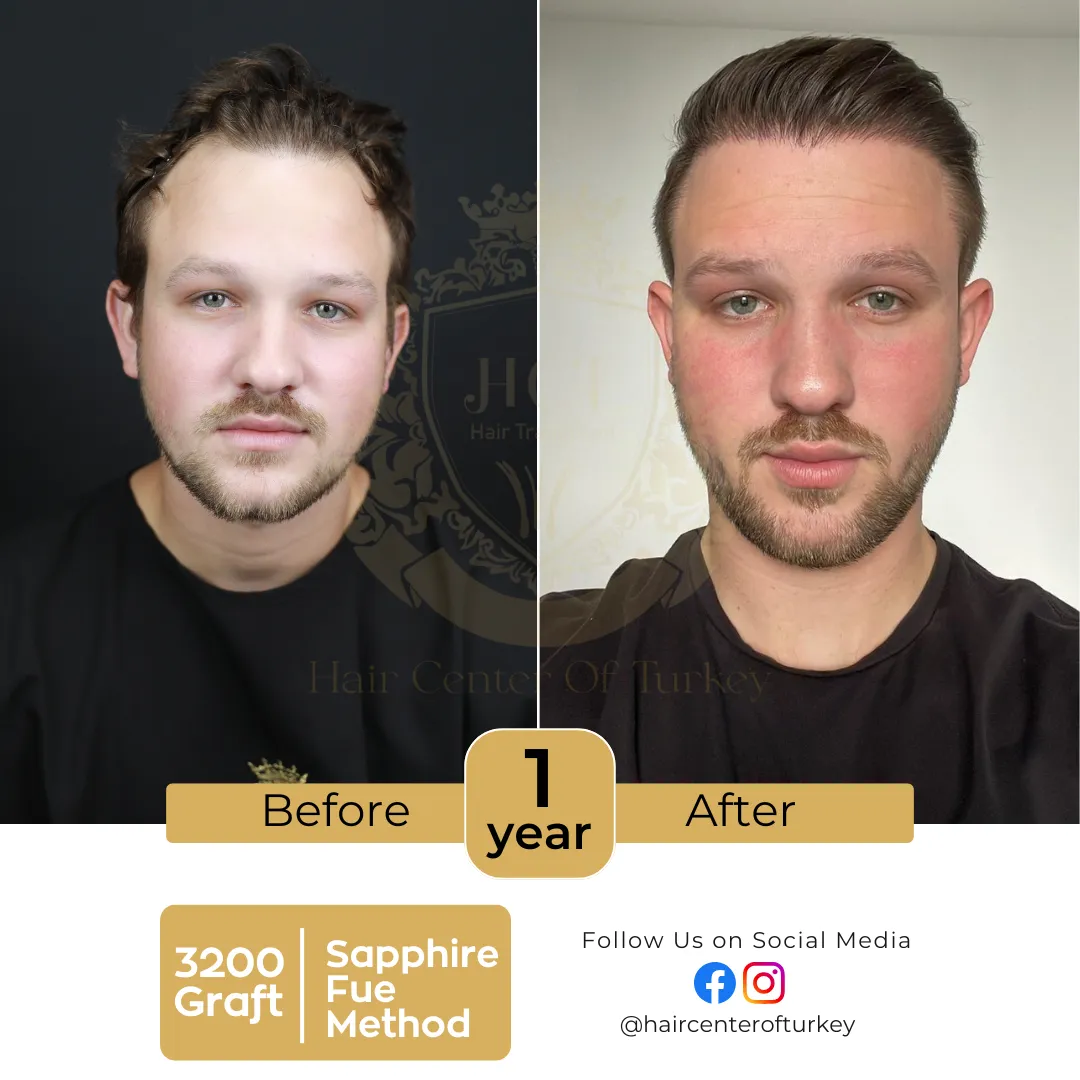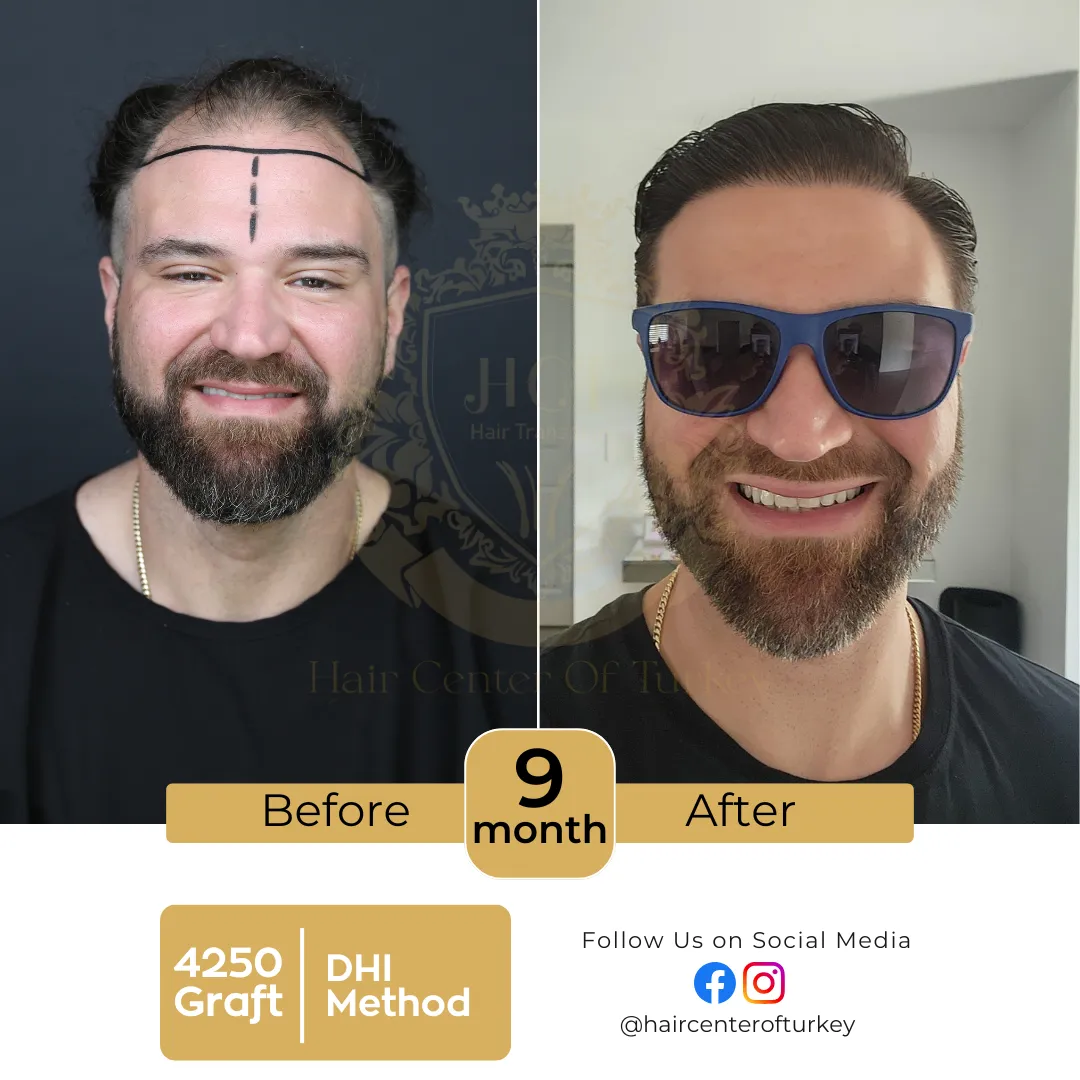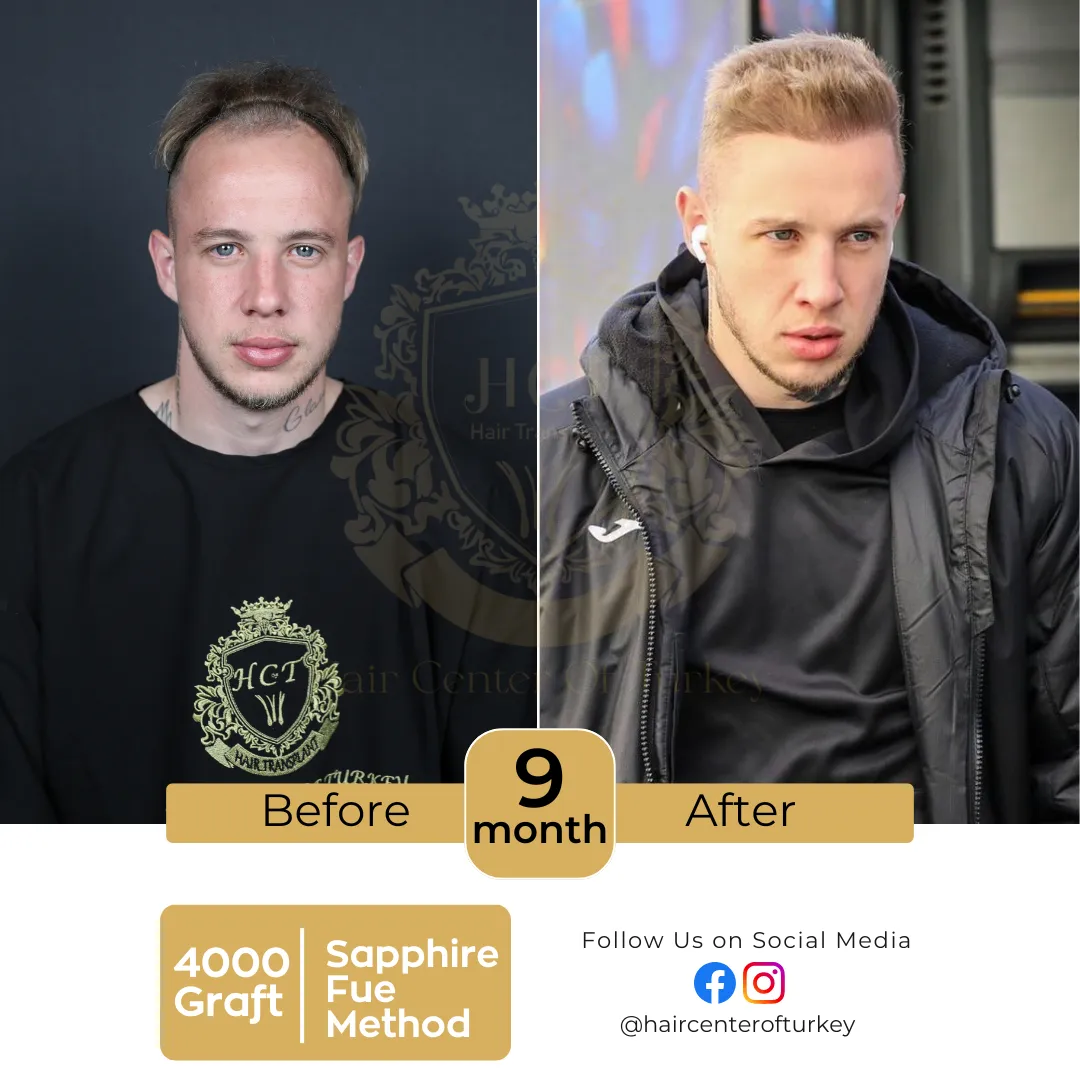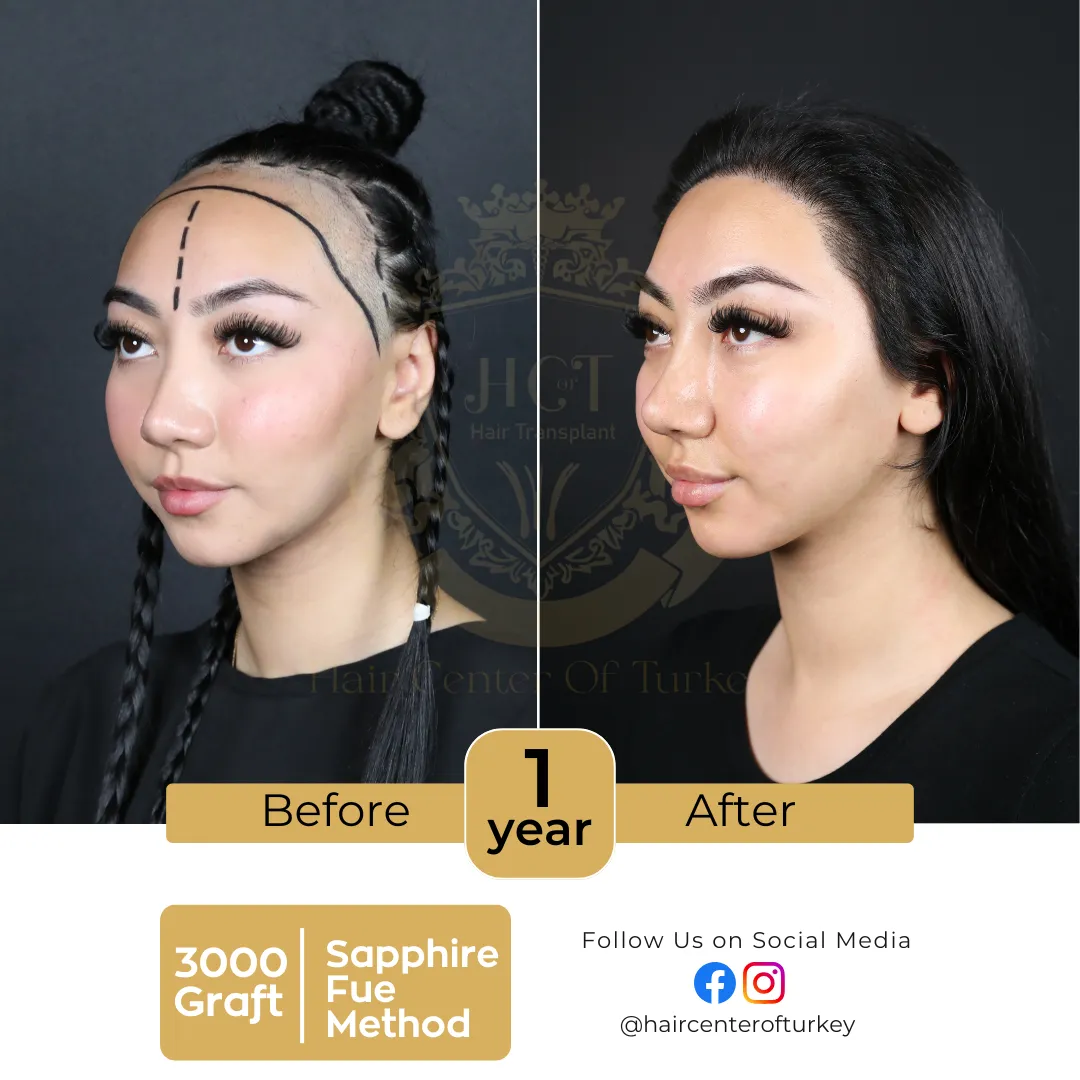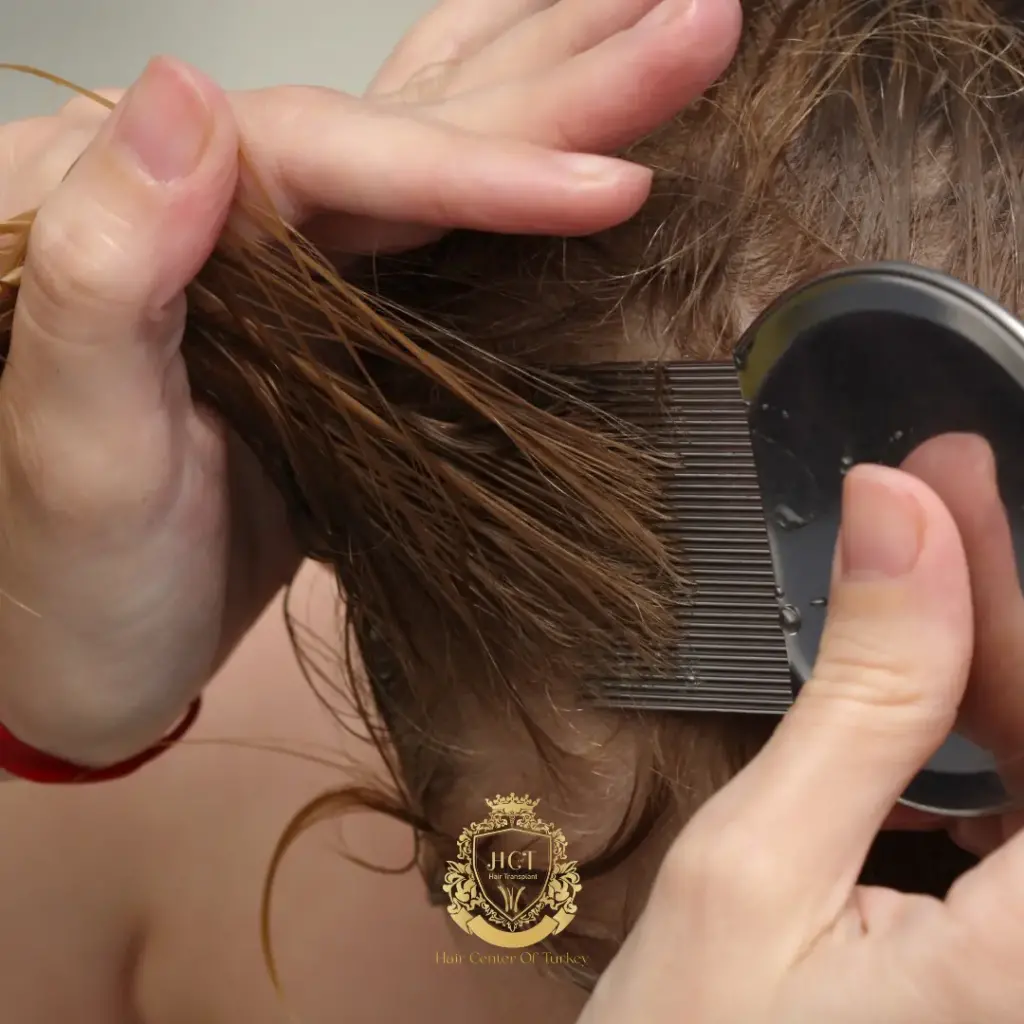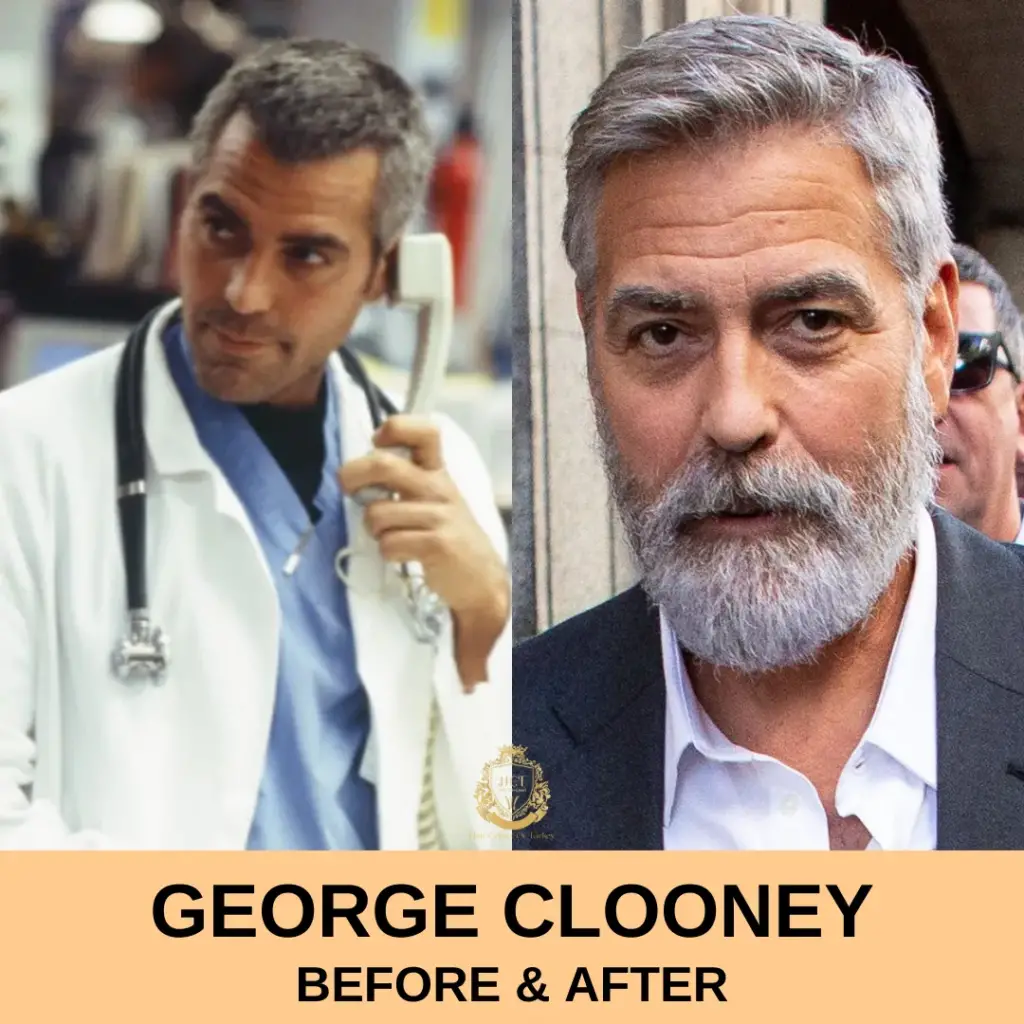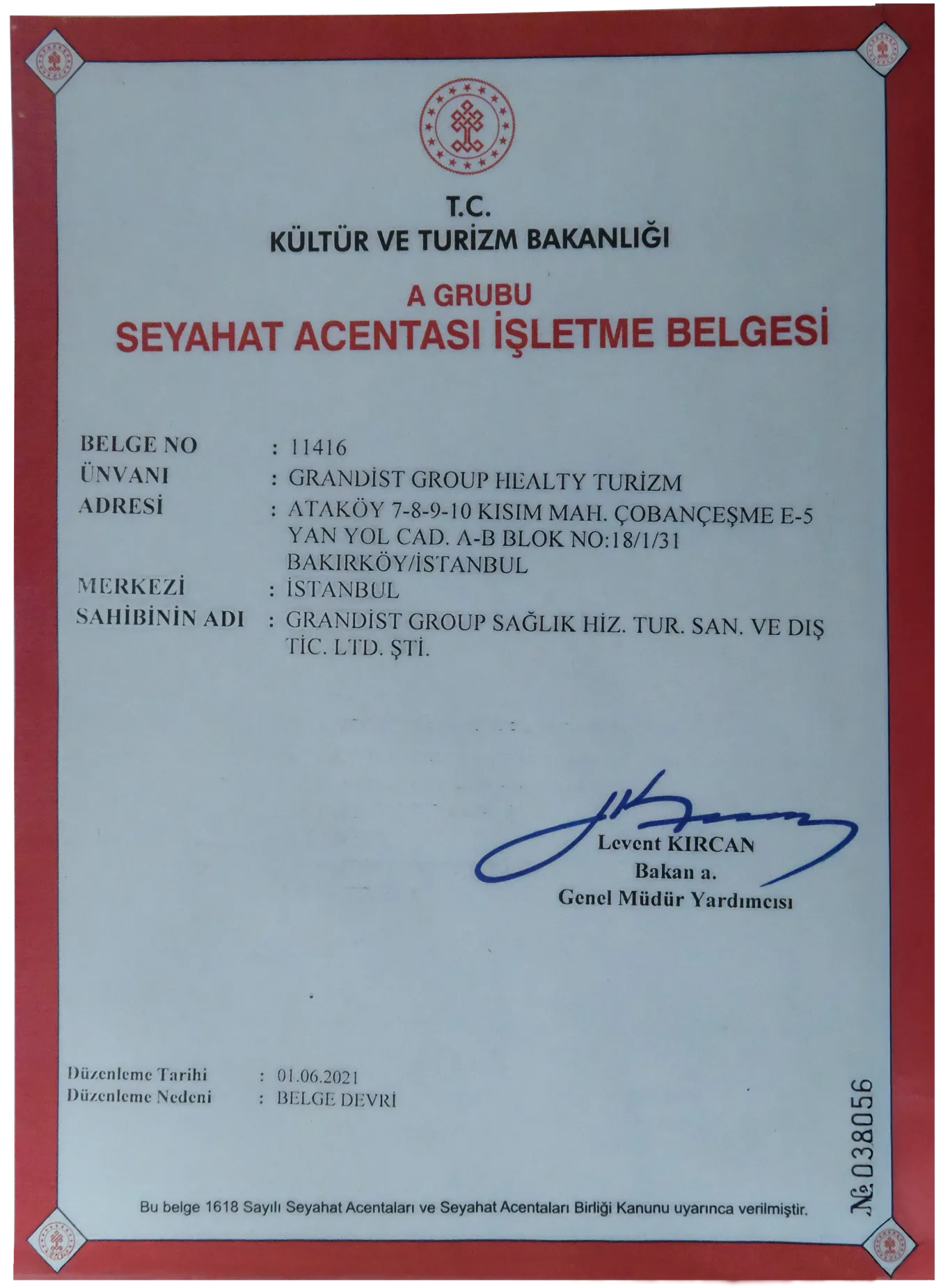Nekrose der Kopfhaut nach Haartransplantation
Jeder chirurgische Eingriff ist mit gewissen Komplikationen und Risiken verbunden. Die Haartransplantation ist sowohl ein chirurgischer Eingriff als auch ein ästhetischer Eingriff. Eine Nekrose der Kopfhaut nach einer Haartransplantation ist ein sehr seltener Zustand. Wenn Sie die Anzeichen einer Nekrose erkennen und schnell eingreifen, können Sie die Nebenwirkungen einer Nekrose begrenzen. Außerdem sorgen Sie dafür, dass der Haartransplantationsprozess weniger geschädigt wird. In diesem Artikel suchen wir nach Antworten auf Fragen wie: Was ist eine Nekrose, welche Symptome gibt es und wie kann man sich vor einer Nekrose schützen? Fangen wir also an.
Was ist Nekrose?
Unter Kopfhautnekrose versteht man das Absterben von Gewebe aufgrund einer unzureichenden Blutversorgung der Kopfhaut. Die Nekrose nach einer Haartransplantation ist eine der unerwünschten Folgen der Haartransplantation. Obwohl Nekrosen bei Haartransplantationen selten sind, ist ein ernsthaftes Verfahren für die Behandlung nach einer Nekrose erforderlich. Wenn Sie keine Nekrose erleiden möchten und ein zuverlässiges Haartransplantationsverfahren wünschen, können Sie sich an unsere Klinik Hair Center of Turkey wenden, die über ein fachkundiges und erfahrenes Team für Haartransplantationen verfügt. Die Haar-, Bart- und Augenbrauentransplantation wird in der Hair Center of Turkey Haartransplantationsklinik mit spezialisierten Ärzten und Haartransplantationsexperten durchgeführt.
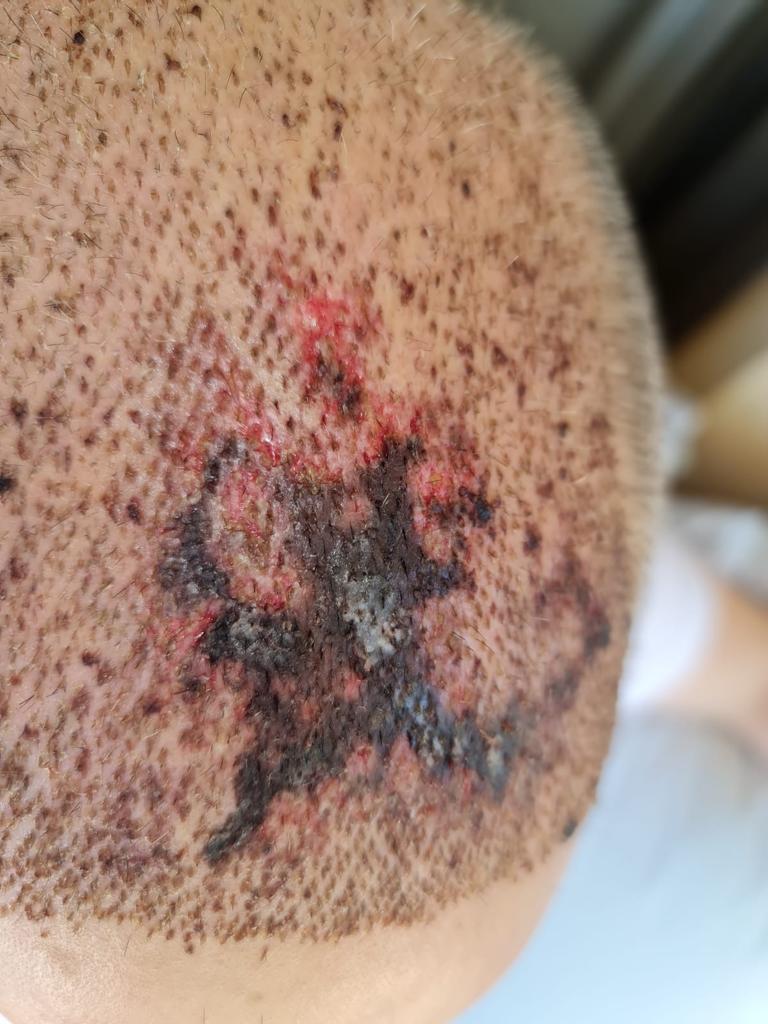
Um Komplikationen wie Nekrosen, Rötungen, Schwellungen und Blutergüsse zu vermeiden, wird ein sorgfältiger Transplantationsprozess durchgeführt. Gleichzeitig werden im Hair Center of Turkey Saphirspitzen verwendet, um die Schäden an der Haut zu minimieren.
Was ist die Ursache für Nekrosen auf der Kopfhaut nach einer Haartransplantation? Wenn Sie neugierig auf die Antworten auf die Fragen sind, wie man eine Nekrose verhindern kann und wie man eine Nekrose behandelt, lesen Sie weiter.
Warum kommt es zu einer Nekrose der Kopfhaut?
Die Nekrose nach einer Haartransplantation, d. h. das Absterben des Gewebes, entsteht durch eine Schädigung der Gefäße unter der Haut aufgrund einer fehlerhaften Transplantation während der Haarwiederherstellung und einer unzureichenden Blutzufuhr zu den Haarfollikeln. Nachdem die Gefäße unter der Haut beschädigt sind, sterben die Haarfollikel aufgrund von Unterernährung ab.
Nekrosen entstehen in der Regel durch die Verwendung von Metallspitzen bei der Haartransplantation, durch zu tiefes Eindringen in die Kopfhaut bei der Wiederherstellung, durch häufige Transplantation und durch das Öffnen zu vieler Kanäle. Darüber hinaus kann es gelegentlich zu Nekrosen kommen, wenn der Patient vor dem Eingriff raucht, Alkohol trinkt oder Drogen nimmt.
Infolge des Absterbens des Kopfhautgewebes wird die Kopfhaut schwarz, dunkel und tief. Wenn der Patient nach der Nekrose nicht frühzeitig behandelt wird, kann der Schaden dauerhaft sein. Wenn jedoch frühzeitig eingegriffen wird, kann der Nekrosebereich vollständig verschwinden oder die Narbe schrumpfen.
Nekrose und Verkrustung sind zwei verschiedene Dinge
Die Nekrose der Kopfhaut darf nicht mit der Schorfbildung nach einer Haartransplantation verwechselt werden. Eine Nekrose führt zum Absterben von Gewebe, einschließlich der Haarfollikel in der Kopfhaut. Die Verkrustung nach einer Haartransplantation ist ein natürlicher Prozess. Der Grund für die Krustenbildung nach der Transplantation ist die Gerinnung und Trocknung des Blutes, das während des Transplantationsprozesses austritt. Das geronnene Blut nimmt nach einiger Zeit das Aussehen einer Kruste an. Das Haar, das am ersten Tag der Haartransplantation verkrustet, fällt nach 10-15 Tagen vollständig aus.
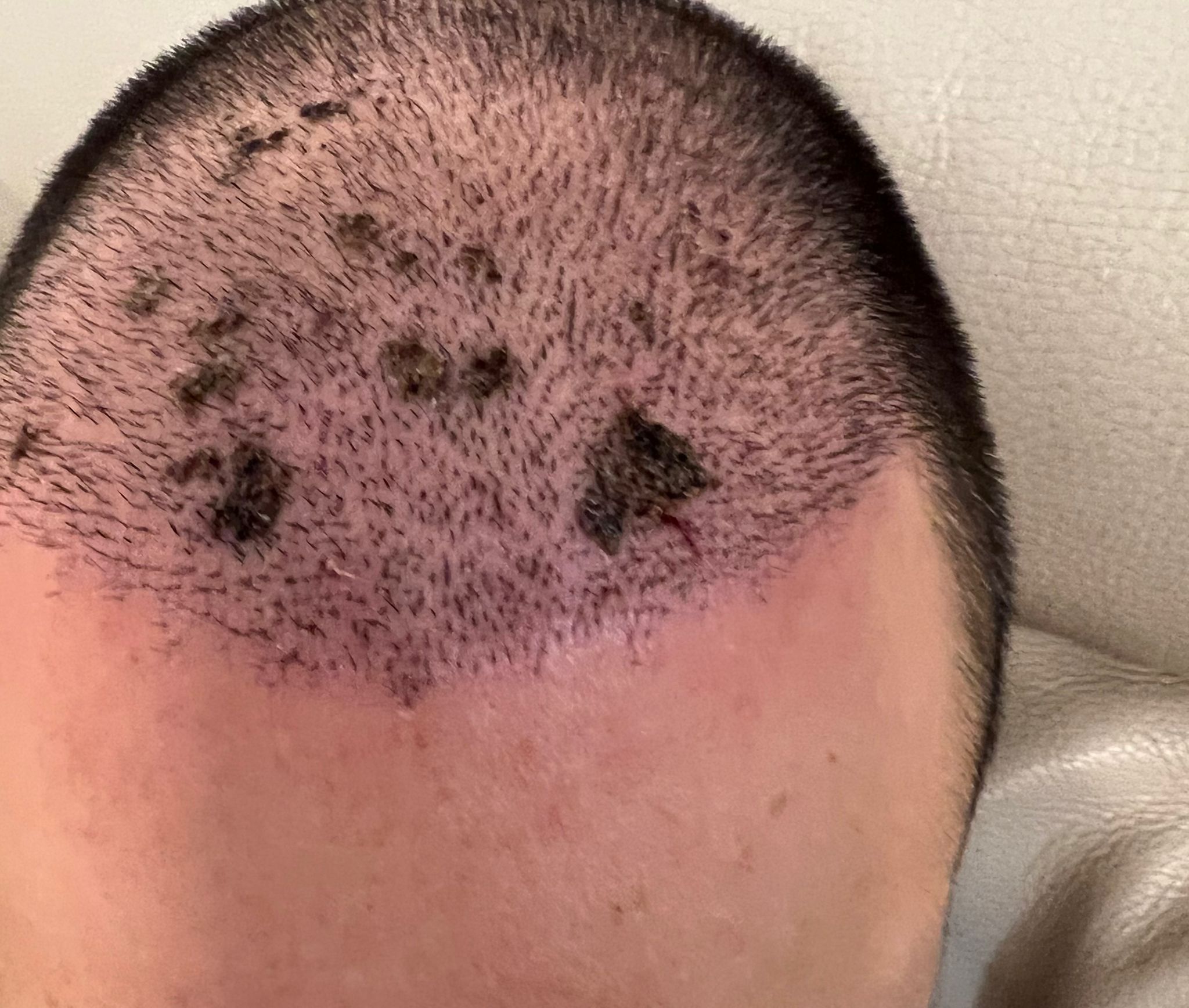
Daher ist die nach der Transplantation auftretende Verkrustung ein vorübergehender Prozess. Die Nekrose ist eine unerwünschte Komplikation bei der Haarwiederherstellung, die eine ernsthafte Behandlung erfordert.
Wie wird die Nekrose behandelt?
Nekrose ist eine Schädigung, die in der Regel im transplantierten Bereich und in einigen Fällen im Spenderbereich auftritt. Die Nekrose erscheint als ein schwarzer, dunkler, tiefschwarzer Fleck. Es ist zu beobachten, dass die Haarfollikel und das Gewebe im Nekrosebereich eine Form wie eine Brandnarbe annehmen. Wenn das transplantierte Haar eine Nekrose aufweist, sollte es sofort behandelt werden.
Bei der Behandlung von Nekrosen ist ein erster Eingriff sehr wichtig. Die Behandlung der Nekrose ist zwar mühsam, aber sie kann teilweise oder vollständig geheilt werden. Zur Behandlung von Nekrosen werden spezielle gemischte Cremes, Blutverdünner und Medikamente eingesetzt. Außerdem werden eine Antibiotikatherapie und Verbandsmethoden angewandt.
Nach der Behandlung des nekrotisierten Bereichs kann in diesem Bereich eine Haartransplantation mit einer anderen Haarwiederherstellungstechnik durchgeführt werden. Dieser Prozess ist jedoch ein detailliertes Verfahren, das Aufmerksamkeit erfordert.
Welche Faktoren verursachen die Nekrose?
Nekrosen können bei Patienten aufgrund eines falschen chirurgischen Eingriffs auftreten. Diese sind wie folgt:
Tiefer Einschnitt,
Öffnen von Kanälen, die im zu bepflanzenden Bereich sehr nahe beieinander liegen,
Zu viele Bepflanzungen gleichzeitig,
Nichtmedizinische Stifte mit Stahlspitze,
Die verwendeten Geräte sind nicht steril,
Neben fehlerhaften chirurgischen Eingriffen können in manchen Fällen auch die Erkrankungen des Patienten eine Nekrose der Kopfhaut verursachen.
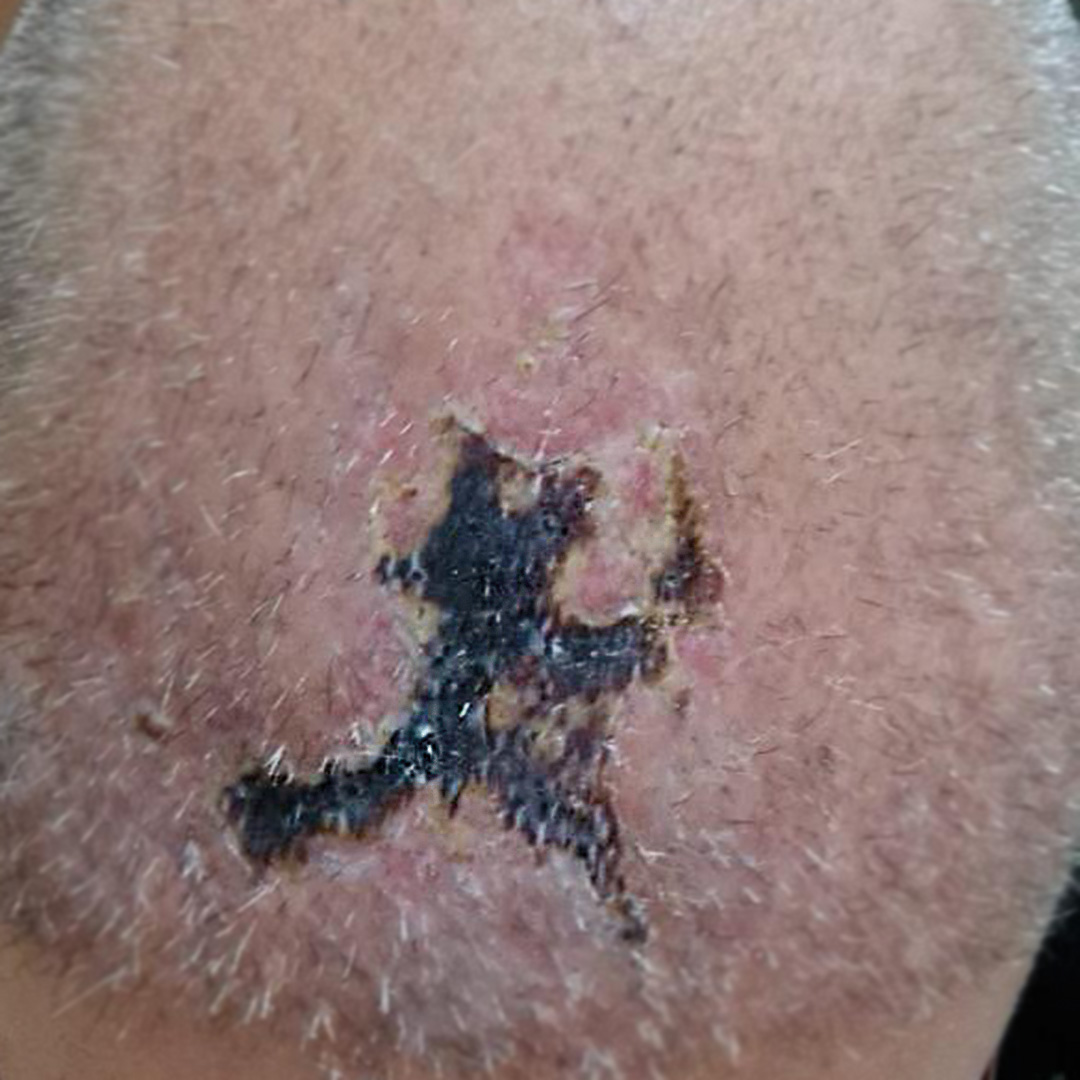
So besteht beispielsweise bei Diabetikern aufgrund der verzögerten Wundheilung die Gefahr einer Nekrose der Kopfhaut. Ebenso steigt das Nekroserisiko bei Patienten, die rauchen, drogen- und alkoholabhängig sind. Rauchen und Alkoholkonsum führen zu einer Störung der Blutzirkulation im Körper. Die Ursache der Nekrose liegt hauptsächlich in der Unterbrechung des Blutflusses im Kopfhautgewebe und der Unfähigkeit, das Gewebe zu ernähren. Allerdings sollten Patienten vor und nach der Haartransplantation nicht rauchen, Alkohol trinken und Drogen nehmen.
Die notwendigen Medikamente, Lotionen, Antibiotika und Vitaminpräparate sollten in unserer Haartransplantationsklinik verabreicht werden, um Nekrosen zu verhindern. Als Haartransplantationsklinik des Hair Center of Turkey minimieren wir die Bildung von Nekrosen, indem wir bei der Haartransplantation Stifte mit Saphirspitze verwenden. Saphirspitzen schädigen die Kopfhaut des Patienten viel weniger als Stahlspitzen. In dieser Hinsicht bevorzugen wir Verfahren zur Haarwiederherstellung, die mit Saphirspitzen durchgeführt werden.
Was sind die Symptome einer Nekrose?
Es gibt viele Symptome einer Nekrosekomplikation bei der Haartransplantation, die darauf hindeuten, dass das Hautgewebe geschwächt ist und abstirbt. Eine Nekrose kann eine tiefe Verkrustung der Haut verursachen. Nekrosen treten in der Regel am Hinterkopf des Patienten oder in dem Bereich auf, in dem die Haartransplantation durchgeführt wurde. Eine Nekrose tritt höchstens innerhalb von 2 bis 4 Wochen nach der Haartransplantation auf. Wenn Sie nach einer Haartransplantation in eine solche Situation geraten, sollten Sie sich sofort an Ihren Arzt wenden.
Zur Behandlung solcher Komplikationen werden von den erfahrenen Fachärzten und Haartransplantationsspezialisten der Haartransplantationsklinik Hair Center of Turkey notwendige Antibiotika, Lotionen, Cremes oder Vitamine eingesetzt.
Die Symptome einer möglichen Nekrose nach einer Haartransplantation sind wie folgt:
Starke Schmerzen an der Transplantationsstelle,
Rötung, Schwellung oder Verfärbung der behandelten Stelle,
Taubheitsgefühl der Kopfhaut,
Das erste Anzeichen und Symptom einer möglichen Nekrose nach einer Haartransplantation sind starke Schmerzen. Wenn Sie ein solches Symptom bemerken, sollten Sie sofort Ihren Arzt kontaktieren und ihn informieren.
Wie lässt sich eine Nekrose nach einer Haartransplantation vermeiden?
Was Sie tun sollten, um eine Nekrose nach einer Haartransplantation zu verhindern. Hier sind einige Dinge, die Sie tun sollten, um eine Nekrose nach einer Haartransplantation zu verhindern:
Die Suche nach einer guten Haartransplantationsklinik
Einer der wichtigsten Gründe für Nekrosen bei Haartransplantationen sind fehlerhafte Haarwiederherstellungsoperationen und Verfahren, die mit unzureichender Ausrüstung durchgeführt werden. Achten Sie daher darauf, dass Sie eine Klinik mit ausreichenden Kriterien wählen, die Ihnen realistische Versprechungen macht. Erfahrene Haartransplantationsspezialisten beschädigen die Gefäßbahnen unter der Haut nicht. Sie wenden keine fehlerhaften Verfahren wie häufige Transplantationen an, bei denen viele Kanäle gleichzeitig geöffnet werden.
Nicht rauchen und keinen Alkohol trinken
Rauchen, Alkohol- oder Drogenkonsum sind am Tag der Haartransplantation oder danach nicht zu empfehlen. Nach der Haartransplantation müssen die Haarfollikel ausreichend mit Blut und Nährstoffen versorgt werden. Die Einnahme solcher Substanzen verhindert den Blutfluss.
Rauchen oder Alkoholkonsum führen nicht immer zu Nekrosen. Sie erhöhen lediglich das Nekroserisiko. Aus diesem Grund verbieten Haartransplantationsspezialisten die Verwendung dieser Substanzen vor und 10 Tage nach der Operation.
Sauberhalten des Verarbeitungsbereichs
Eines der wichtigsten Dinge, auf die Sie nach einer Haartransplantation achten sollten, ist der Schutz der transplantierten Haare. Nach der Transplantation sollten die Haartransplantate sauber gehalten werden und nicht über längere Zeit in der Sonne liegen. Es besteht die Gefahr einer Nekrose, wenn sich die Grafts infizieren. In dieser Hinsicht ist es wichtig, die Haartransplantate sauber und trocken zu halten.
Schlussfolgerung
Es gibt verschiedene Ursachen für eine Nekrose der Kopfhaut. Nekrosen entstehen durch eine unzureichende Durchblutung der Kopfhaut und eine unzureichende Ernährung der Kopfhaut. Nekrosen werden in der Regel durch tiefe Schnitte, häufige Transplantationen, zu viele Kanäle, Rauchen und Alkoholkonsum verursacht. Die Nekrose ist eine der seltenen und schwerwiegenden Komplikationen bei der Haarwiederherstellung. Um eine Komplikation wie die Nekrose zu vermeiden, ist es wichtig, dass die von Ihnen gewählte Klinik von hoher Qualität ist und die Erfahrung und Kompetenz des Expertenteams berücksichtigt wird.
In der Haartransplantationsklinik Hair Center of Turkey werden die Transplantationsverfahren unter der Aufsicht von Fachärzten und erfahrenen Haartransplantationsspezialisten durchgeführt. Vor dem Eingriff werden die notwendigen Tests durchgeführt, um mögliche Komplikationen zu vermeiden. Nach dem Eingriff wird der Patient mit Medikamenten, Lotionen und Vitaminen vor Komplikationen geschützt. Sie können alle Ihre Fragen über Haar-, Augenbrauen- und Barttransplantation stellen, indem Sie unsere Berater in der Haartransplantationsklinik Hair Center of Turkey anrufen.


